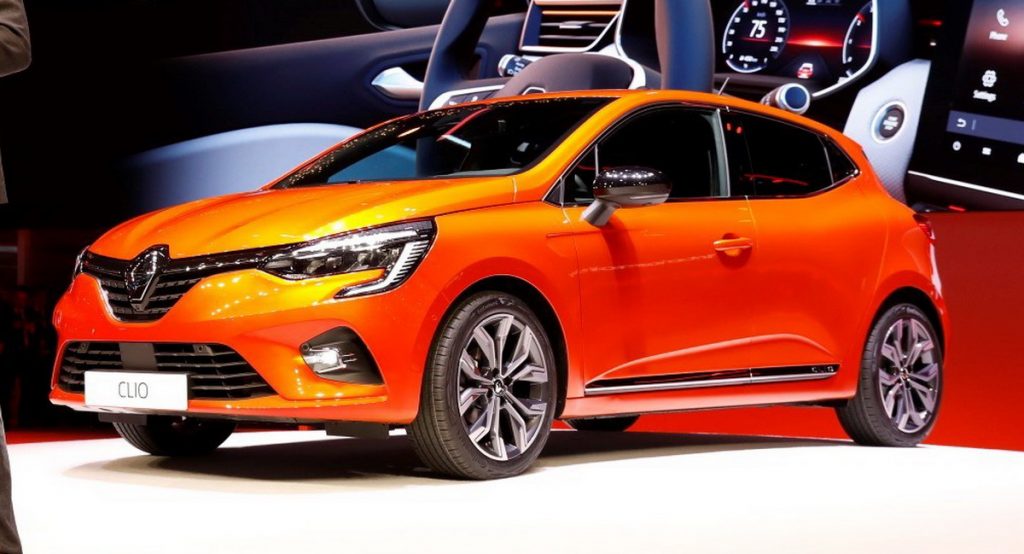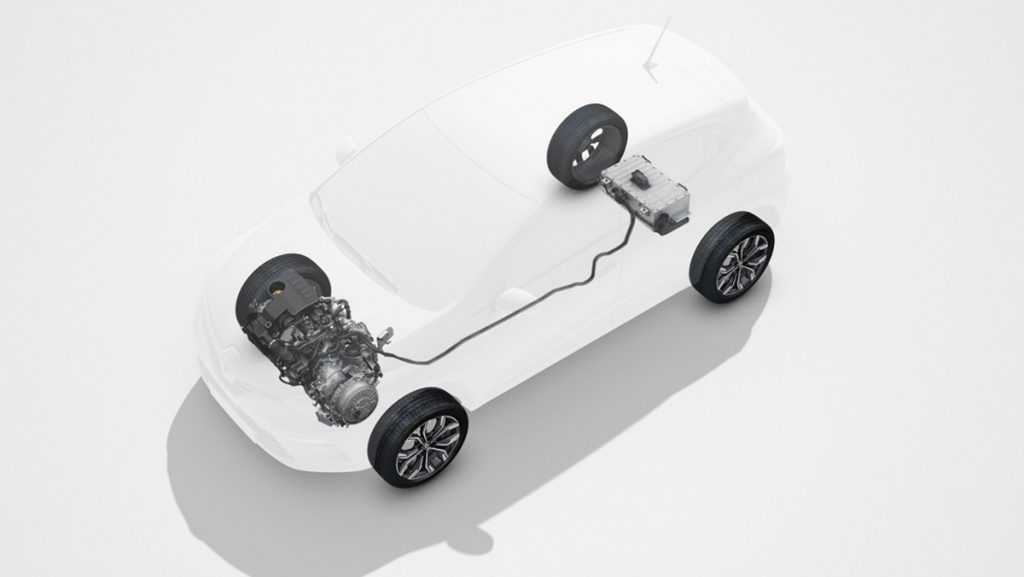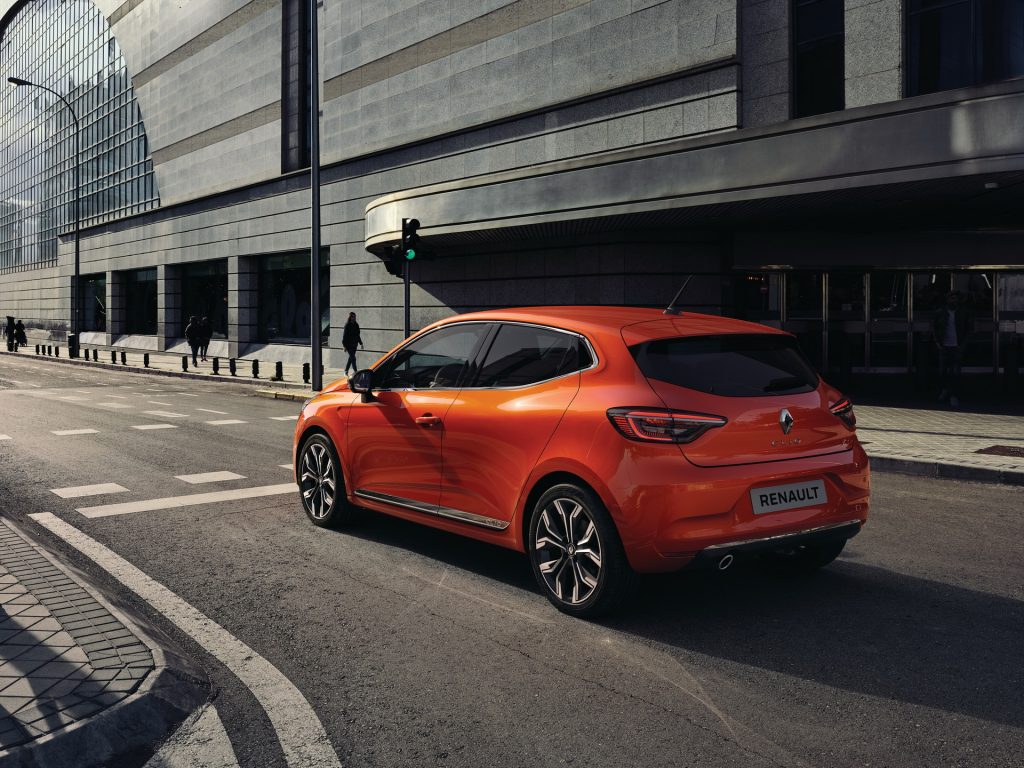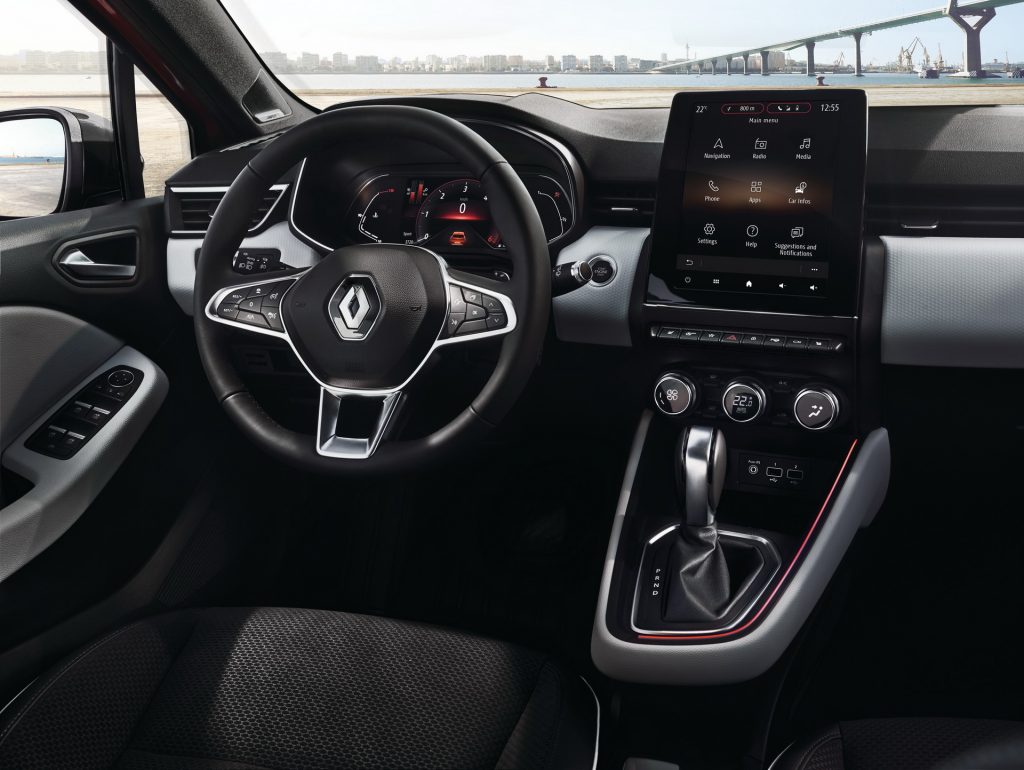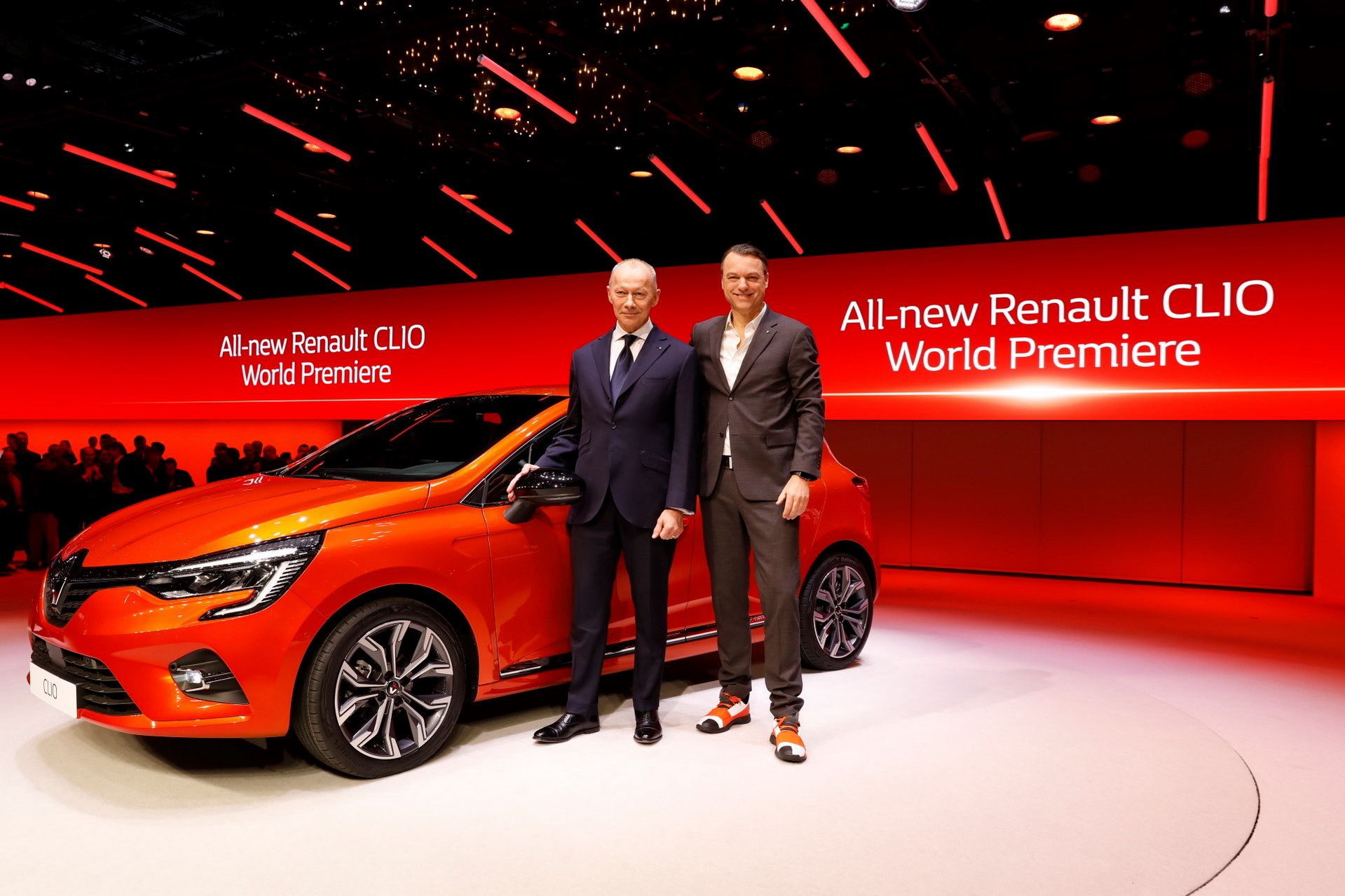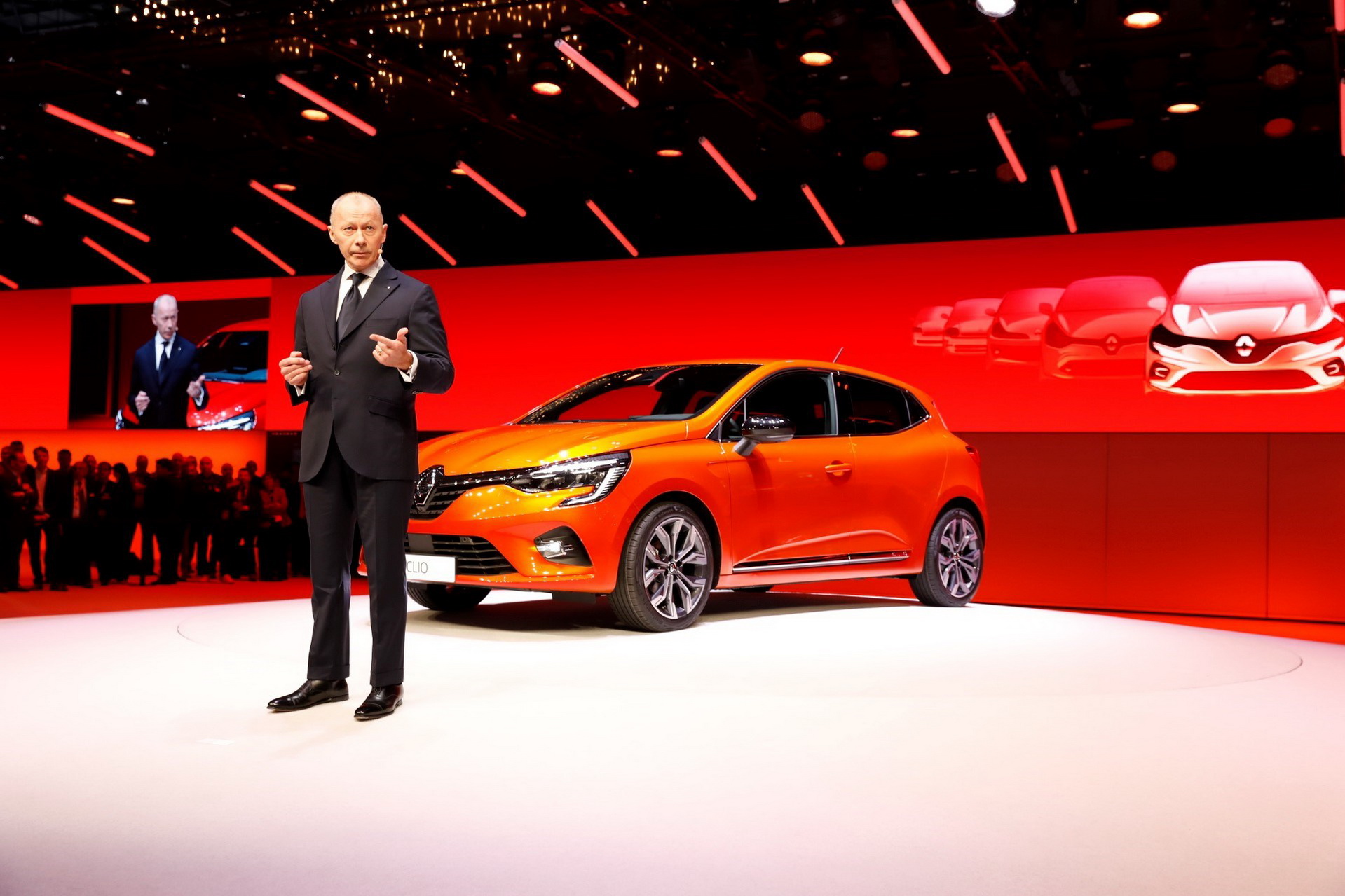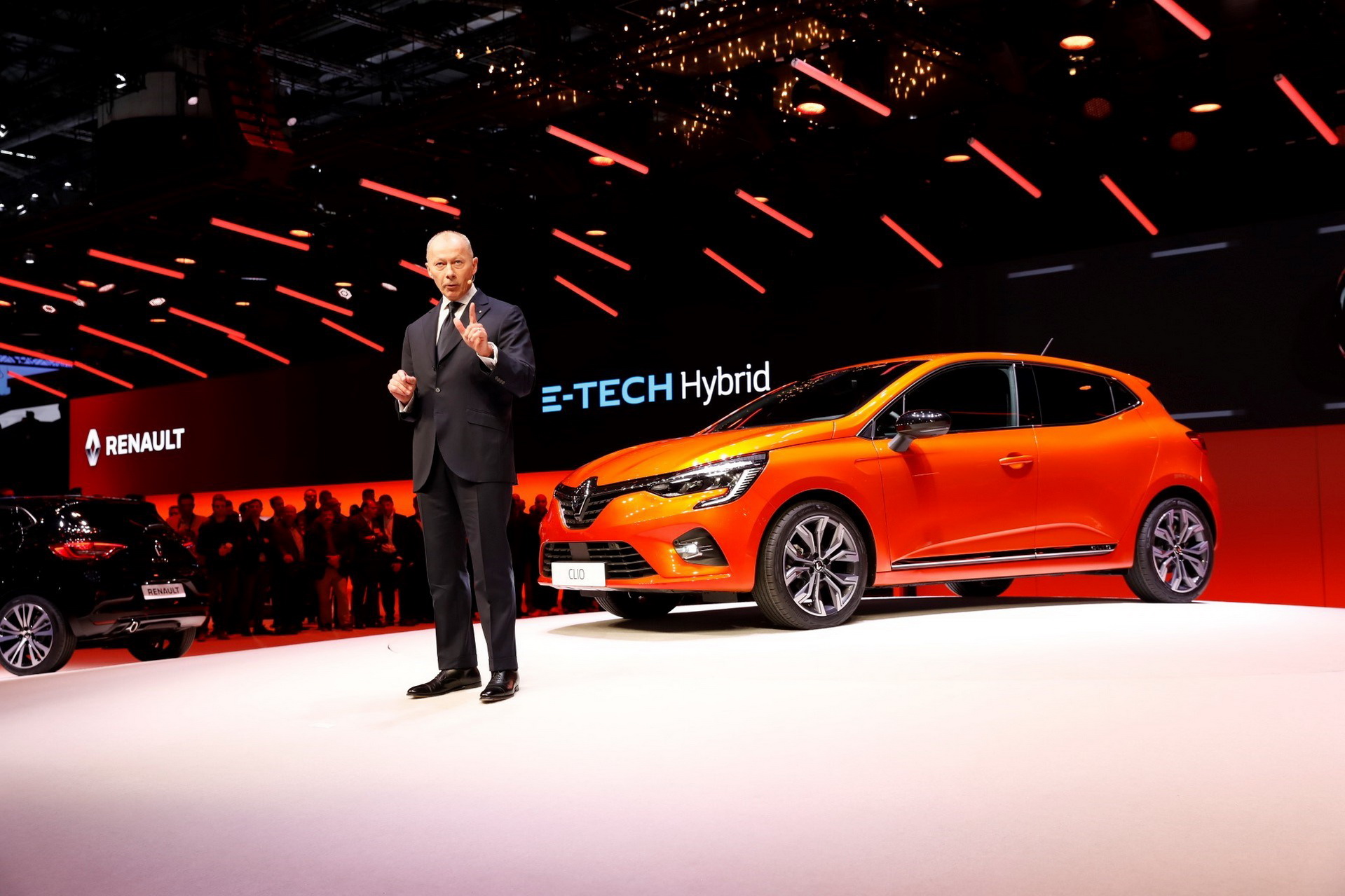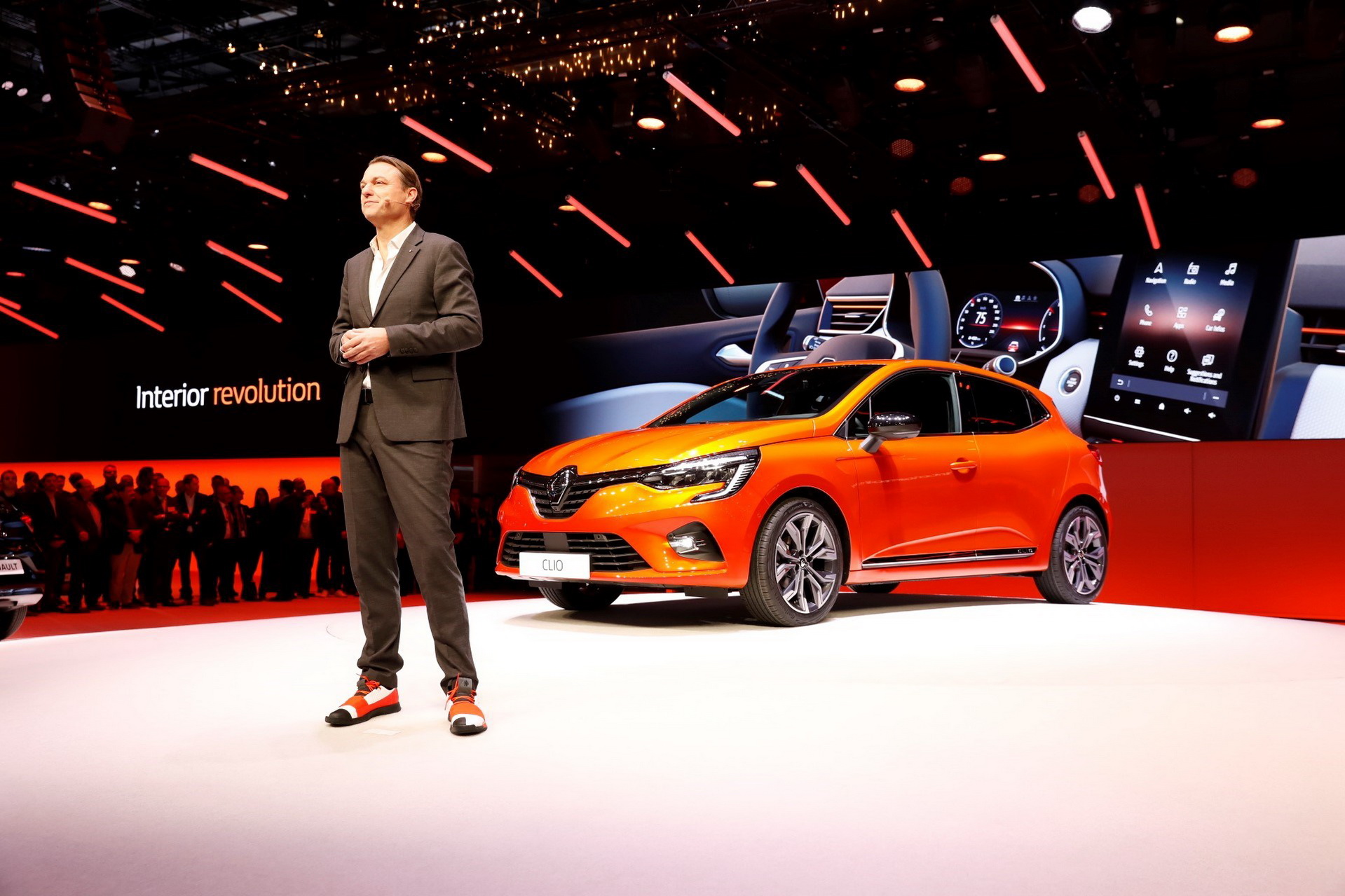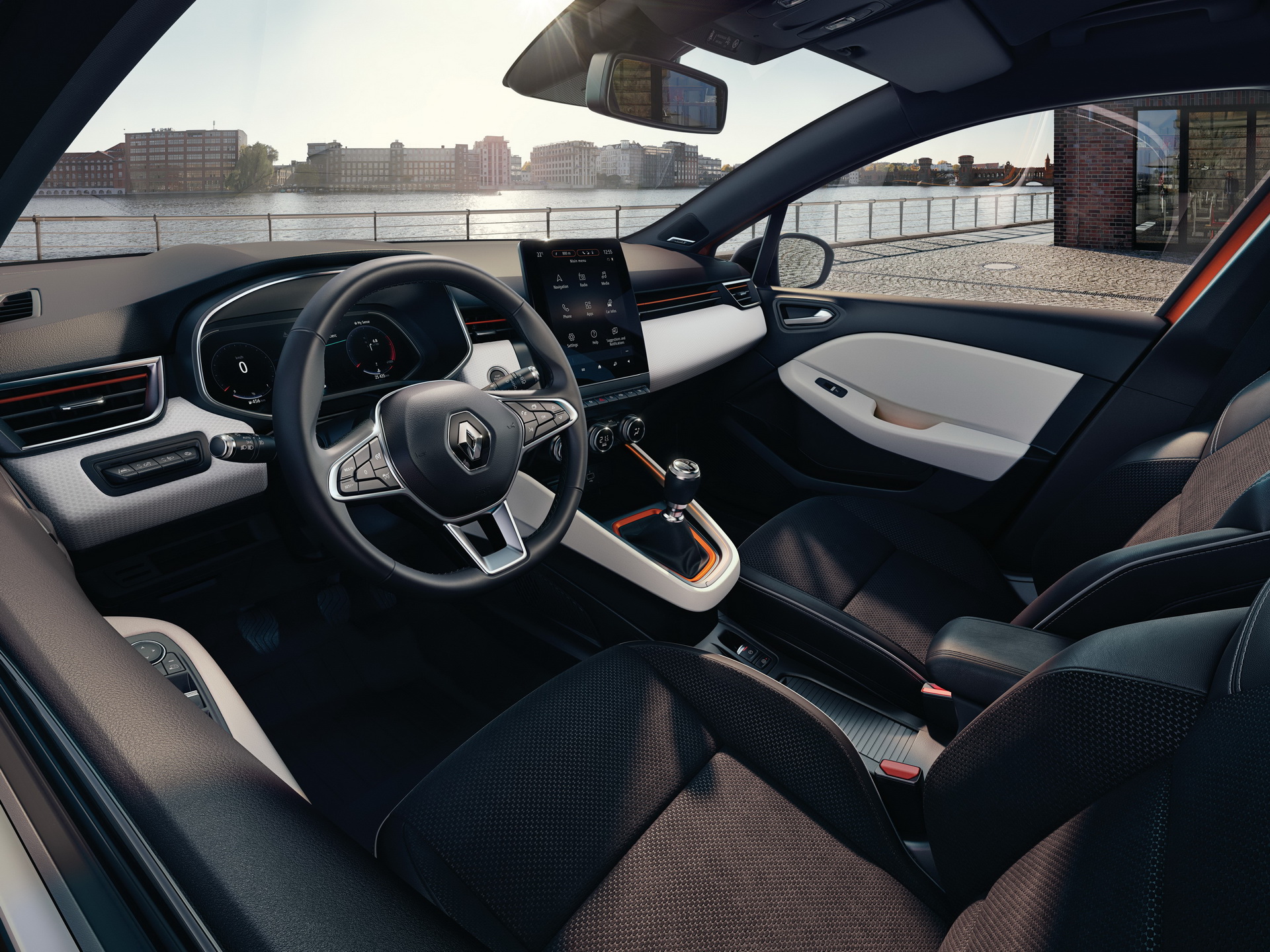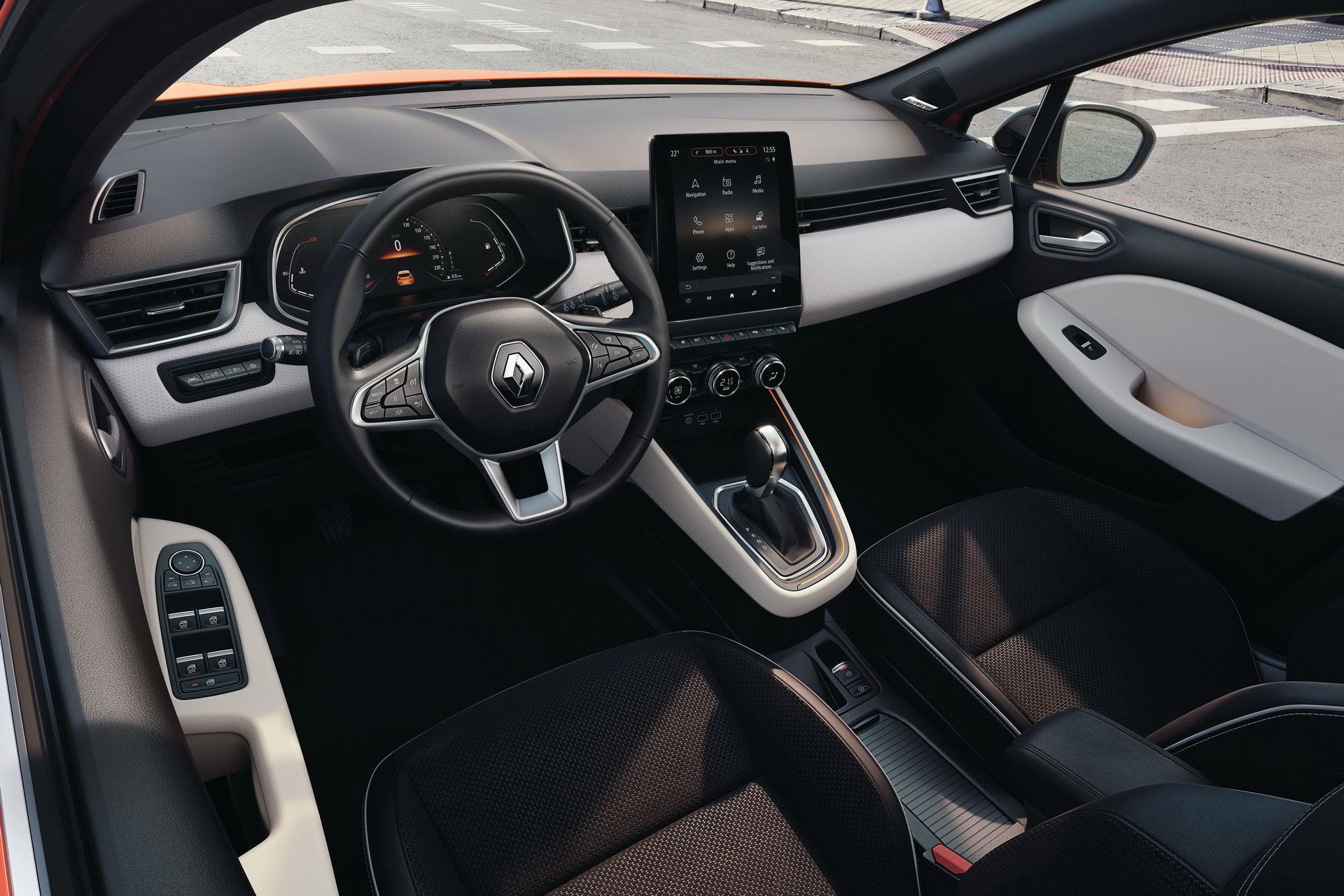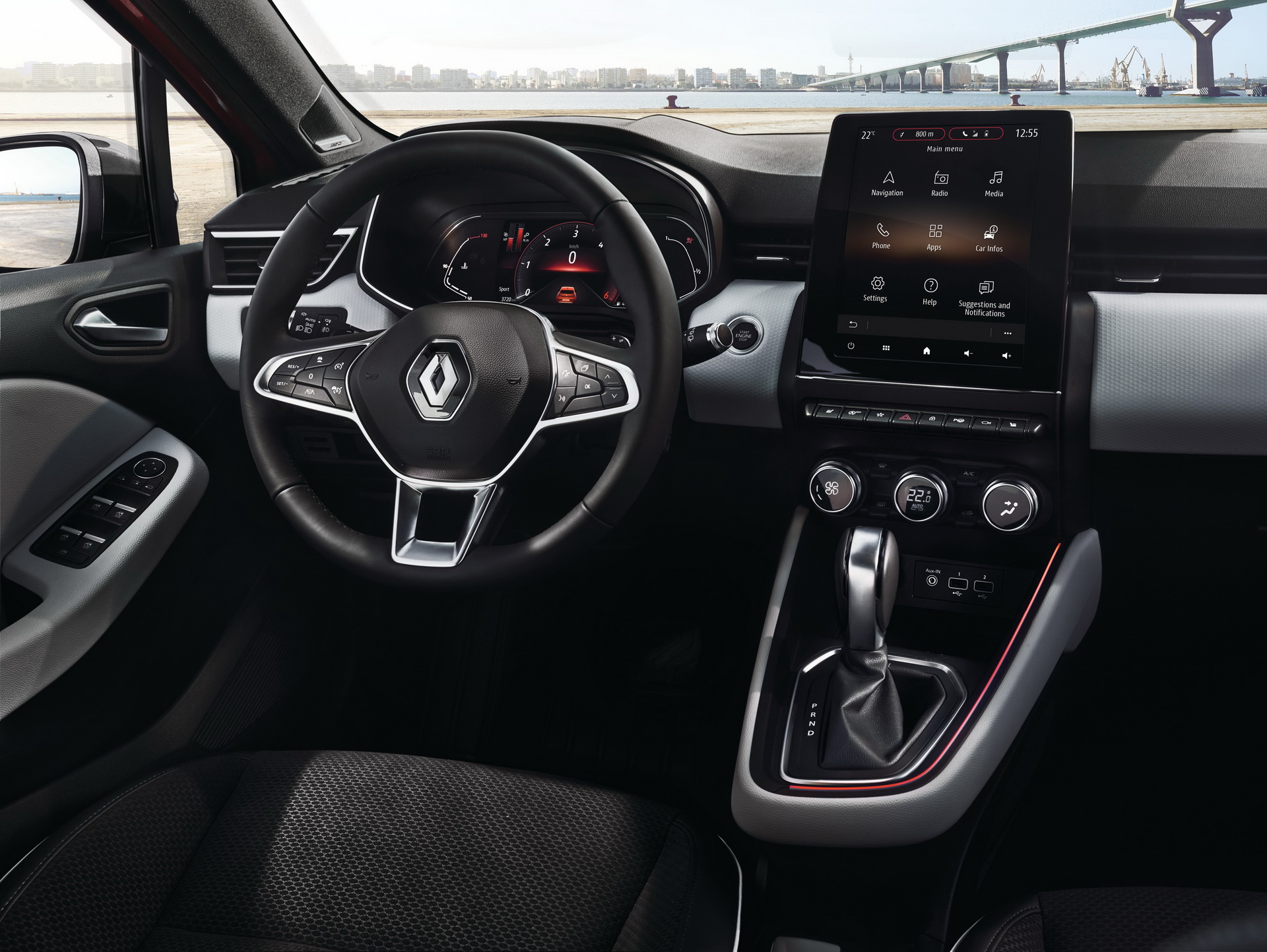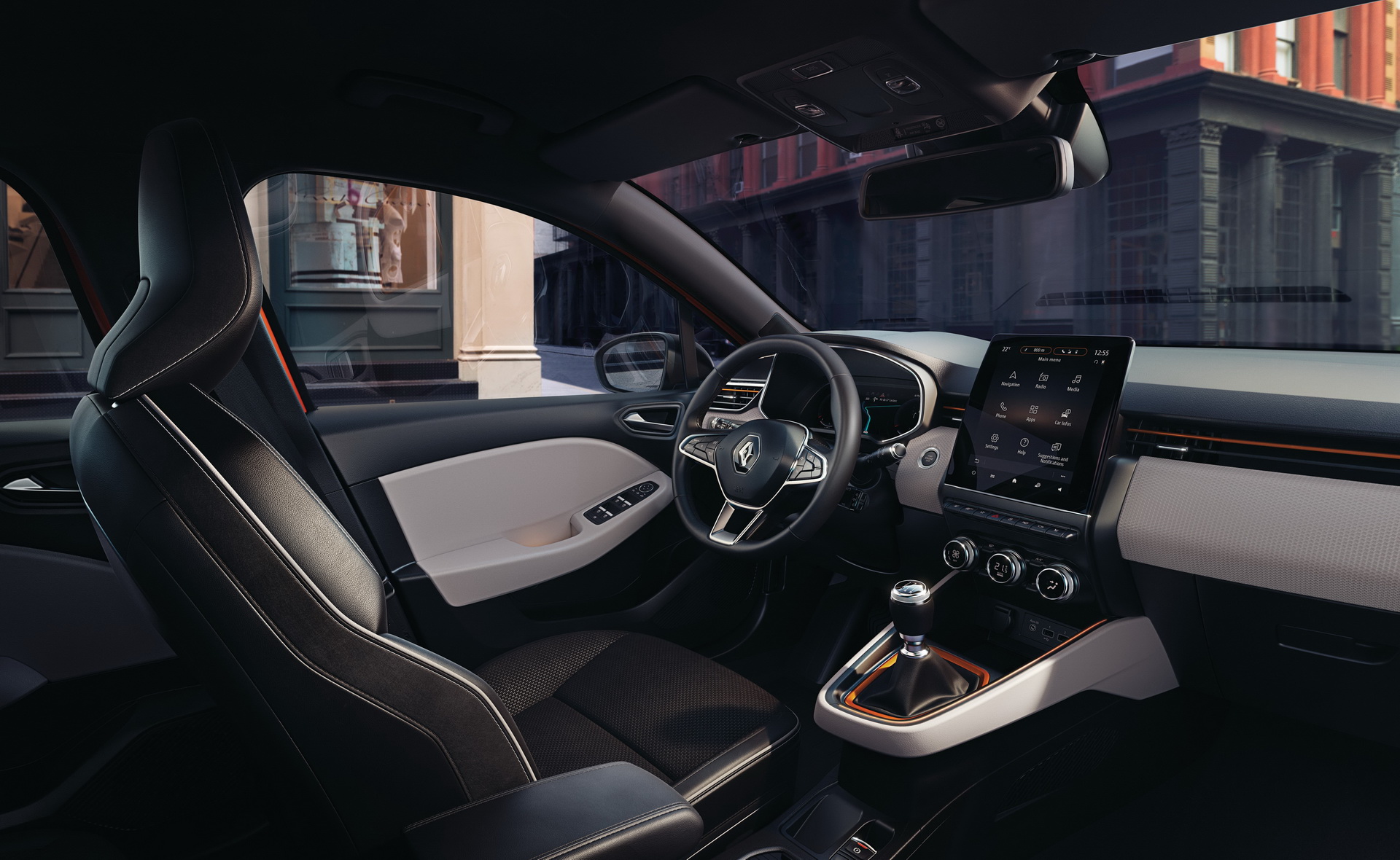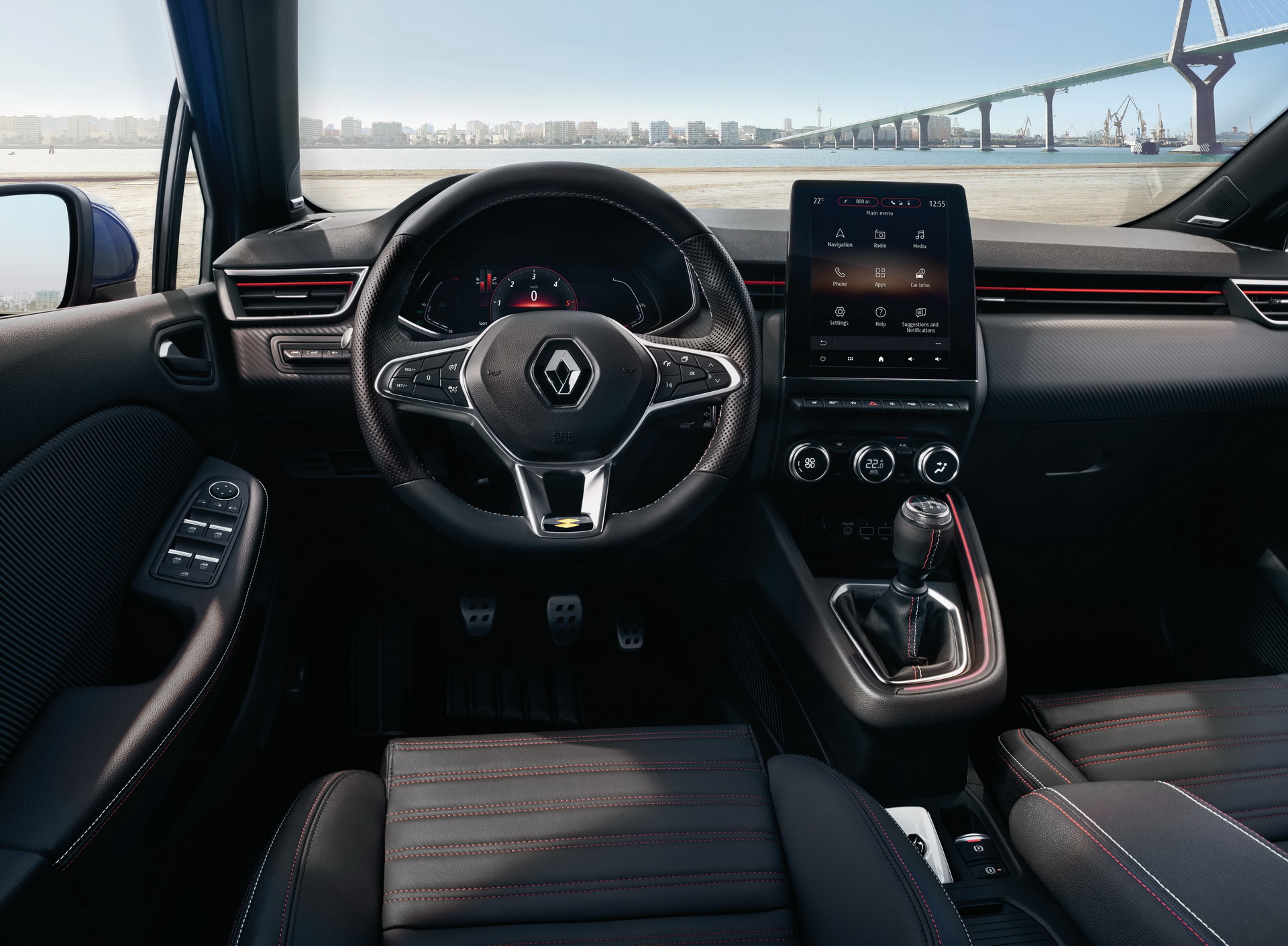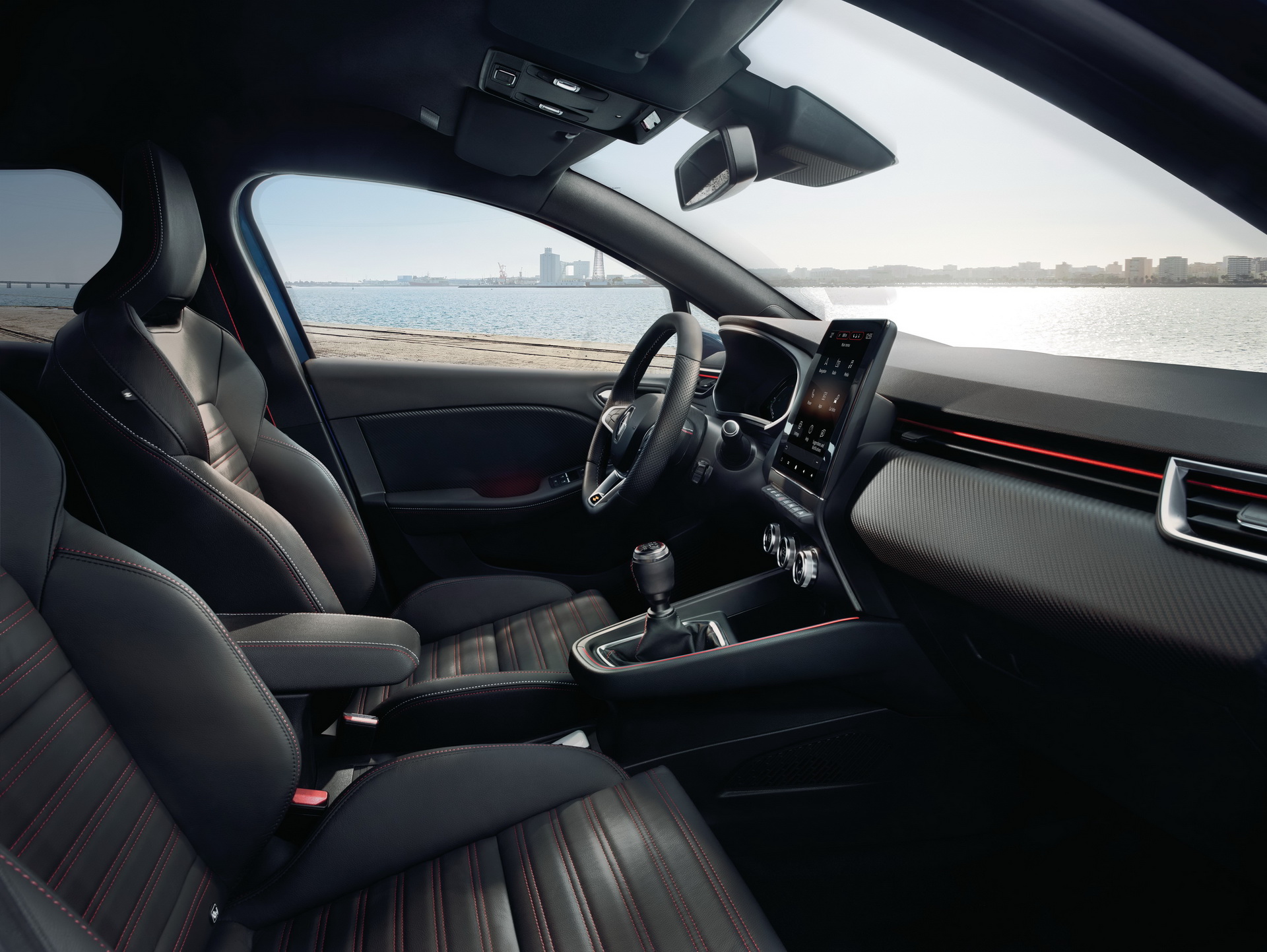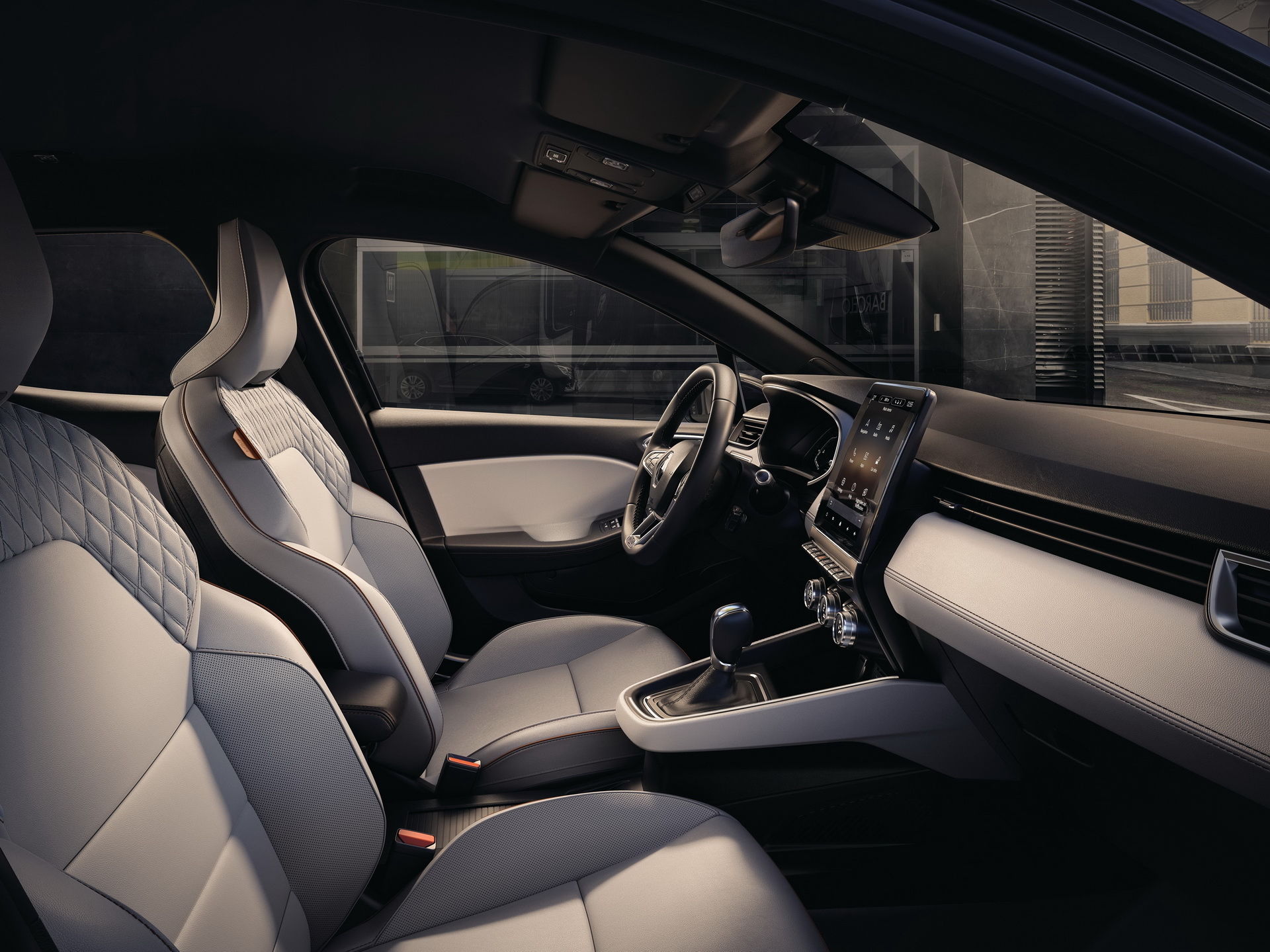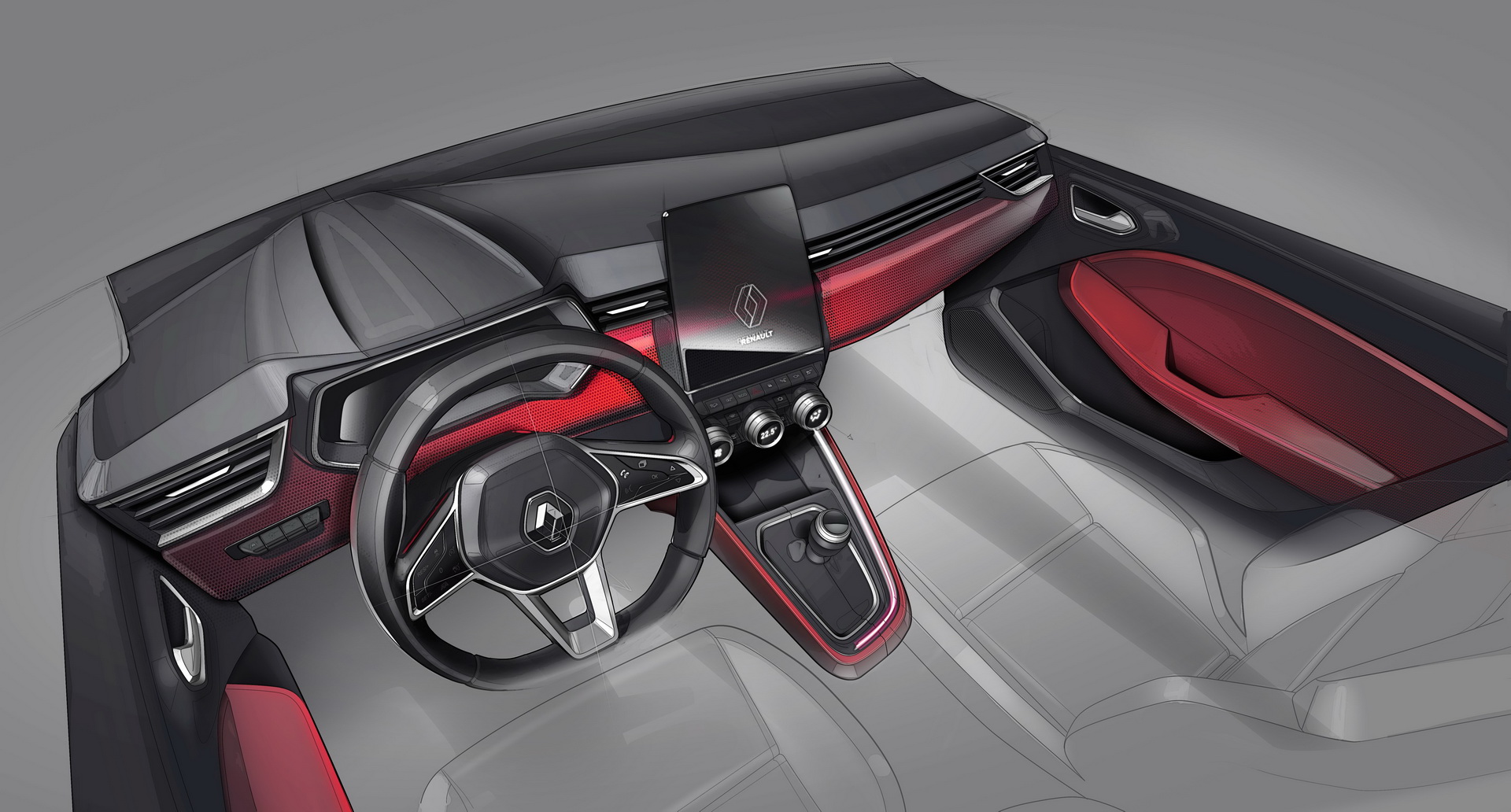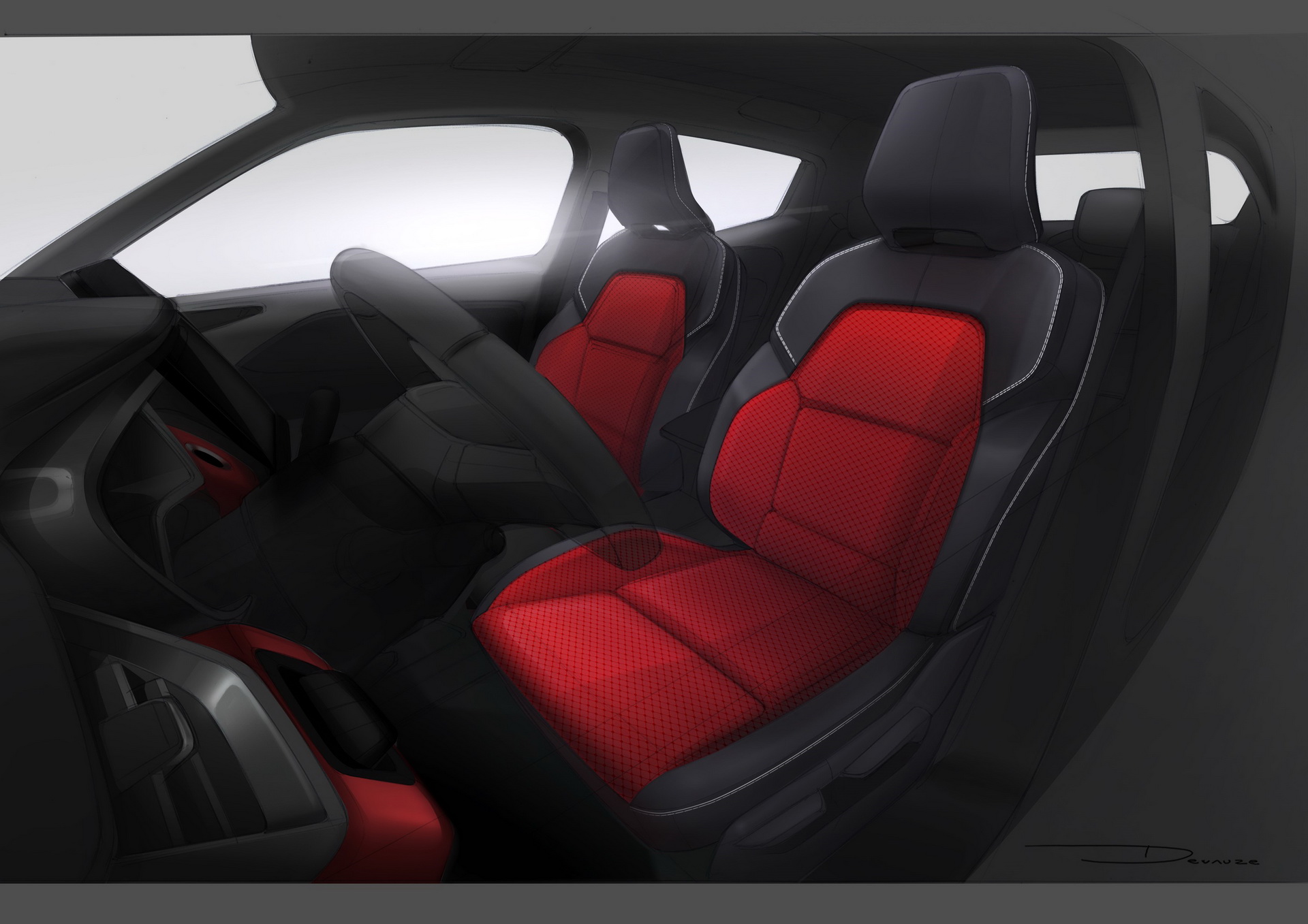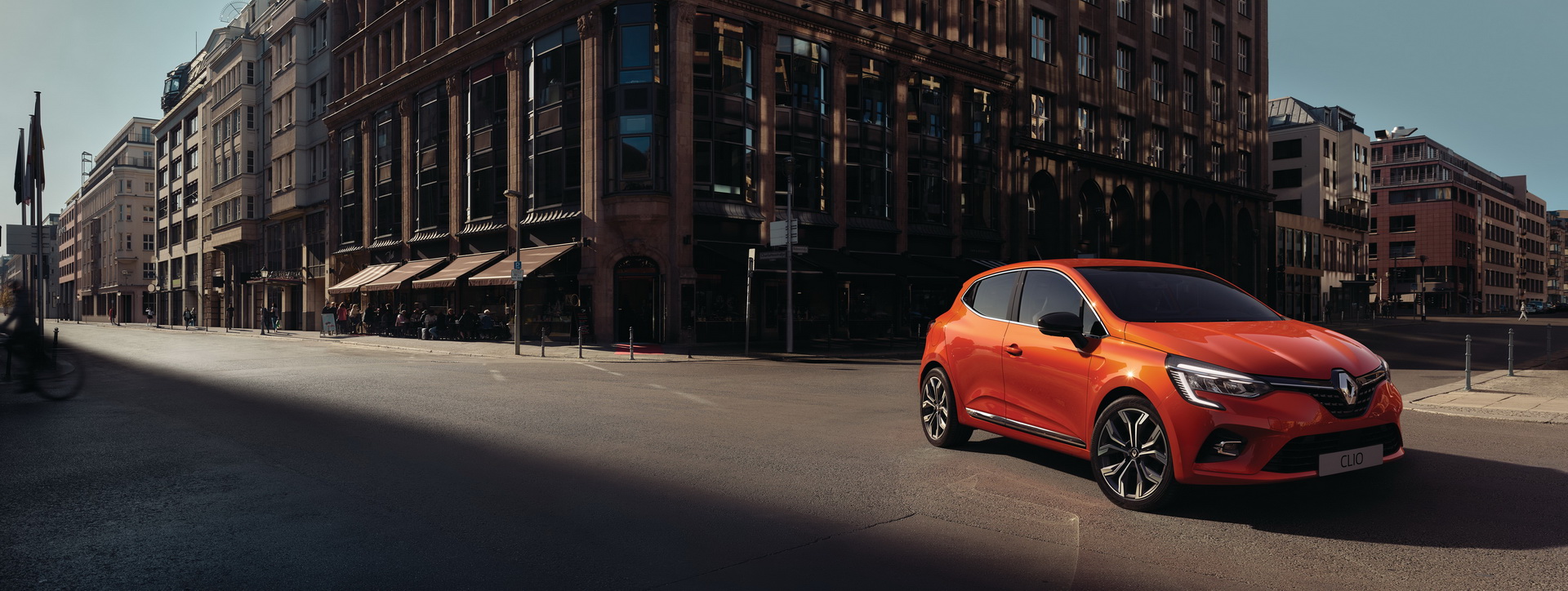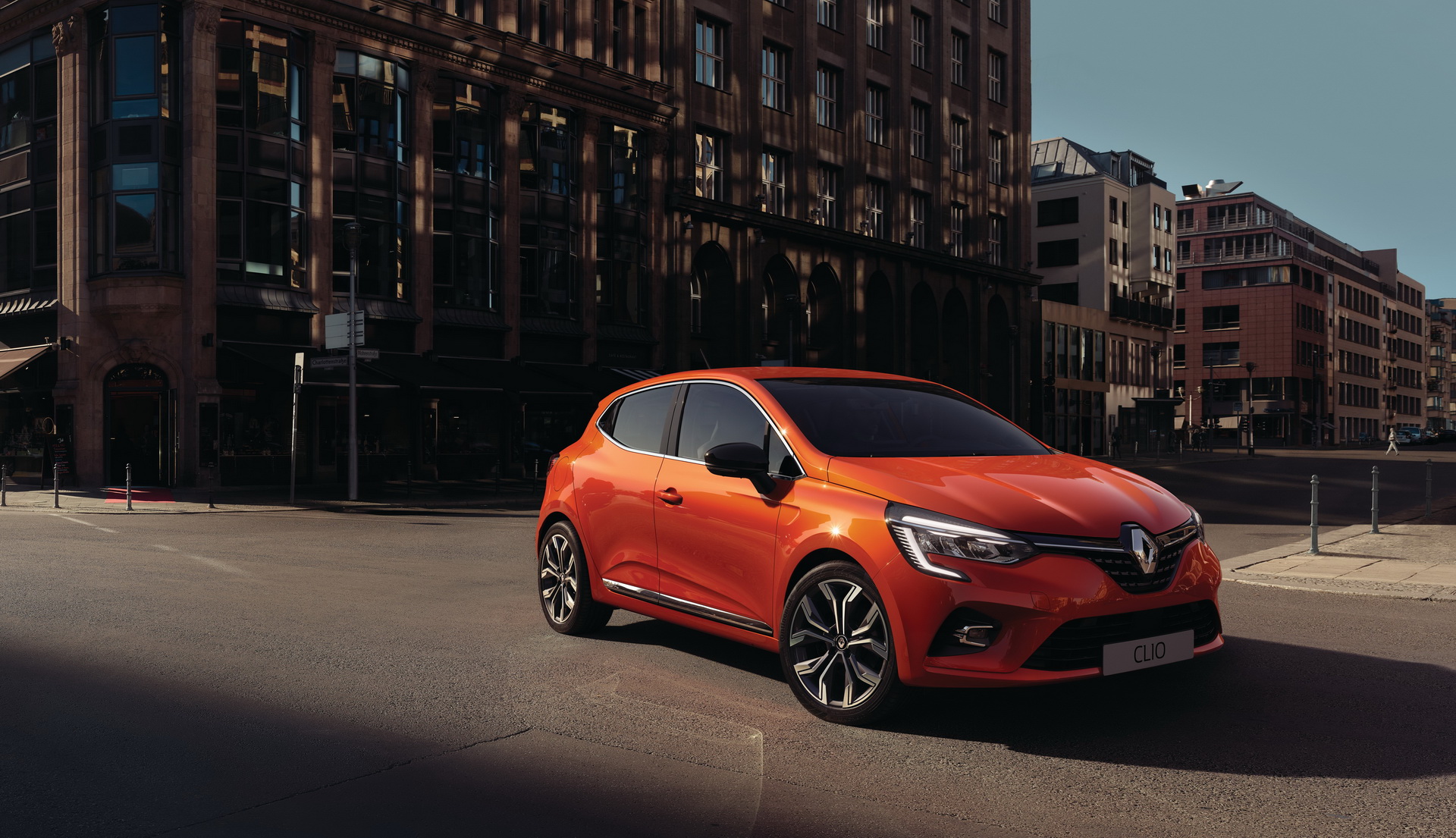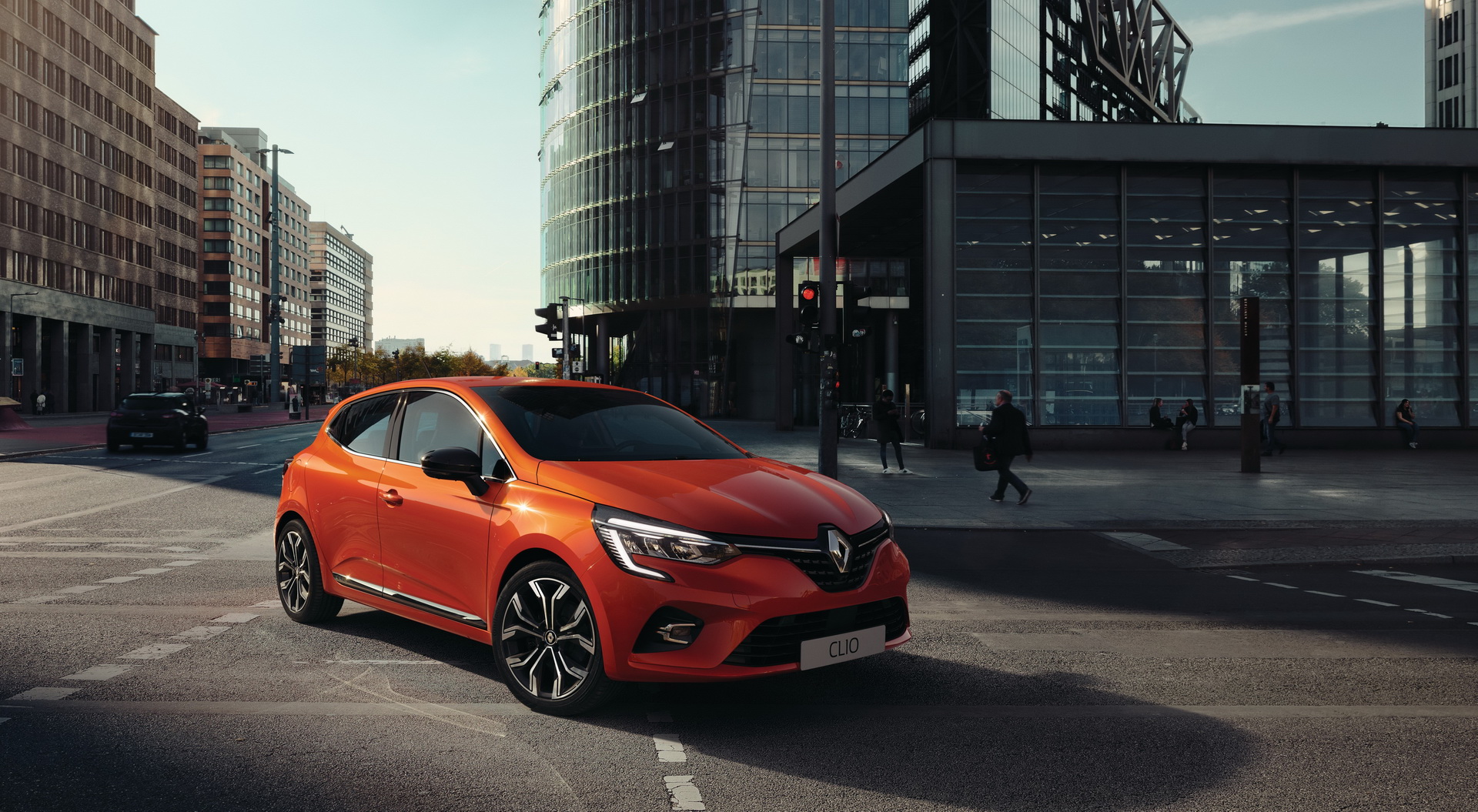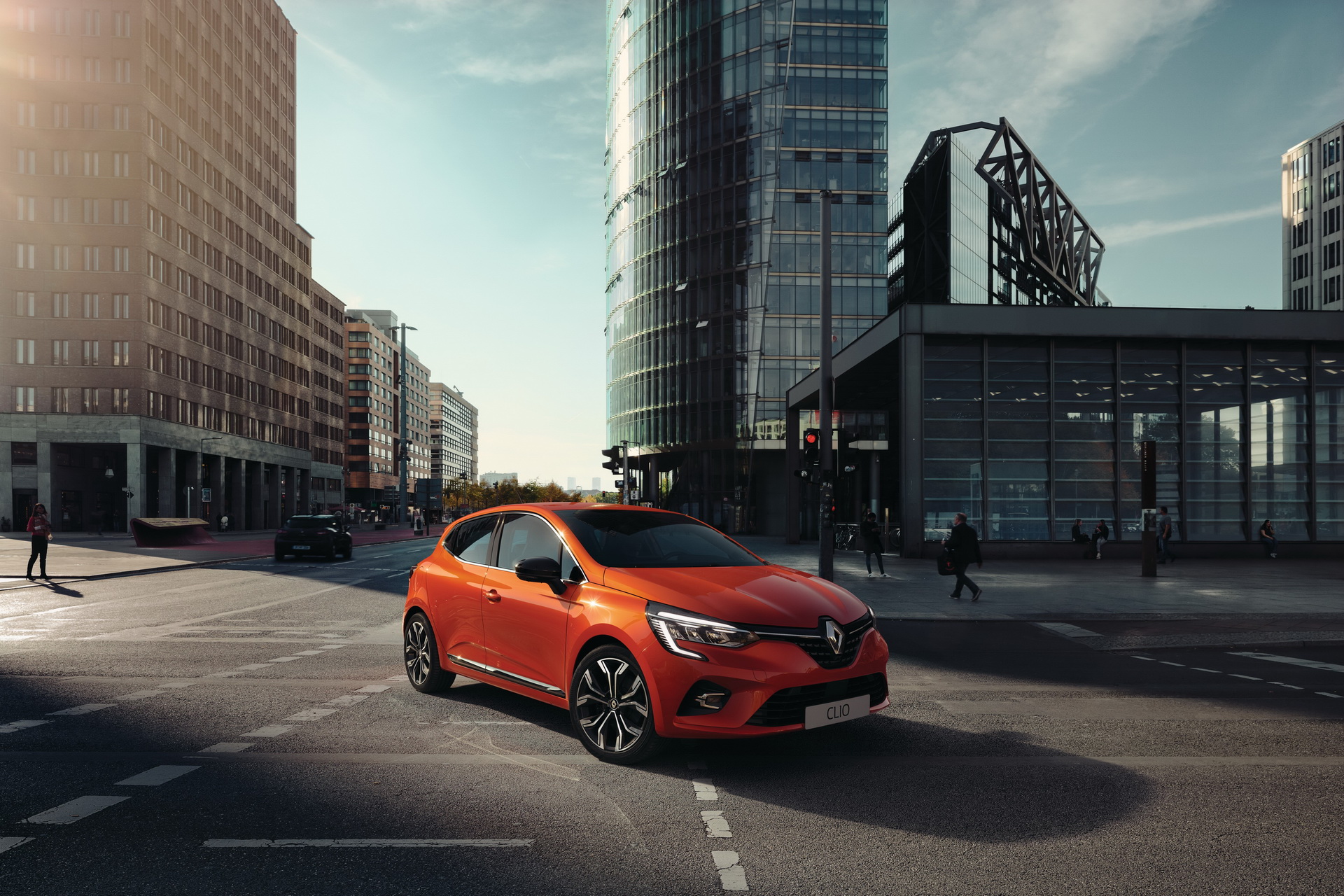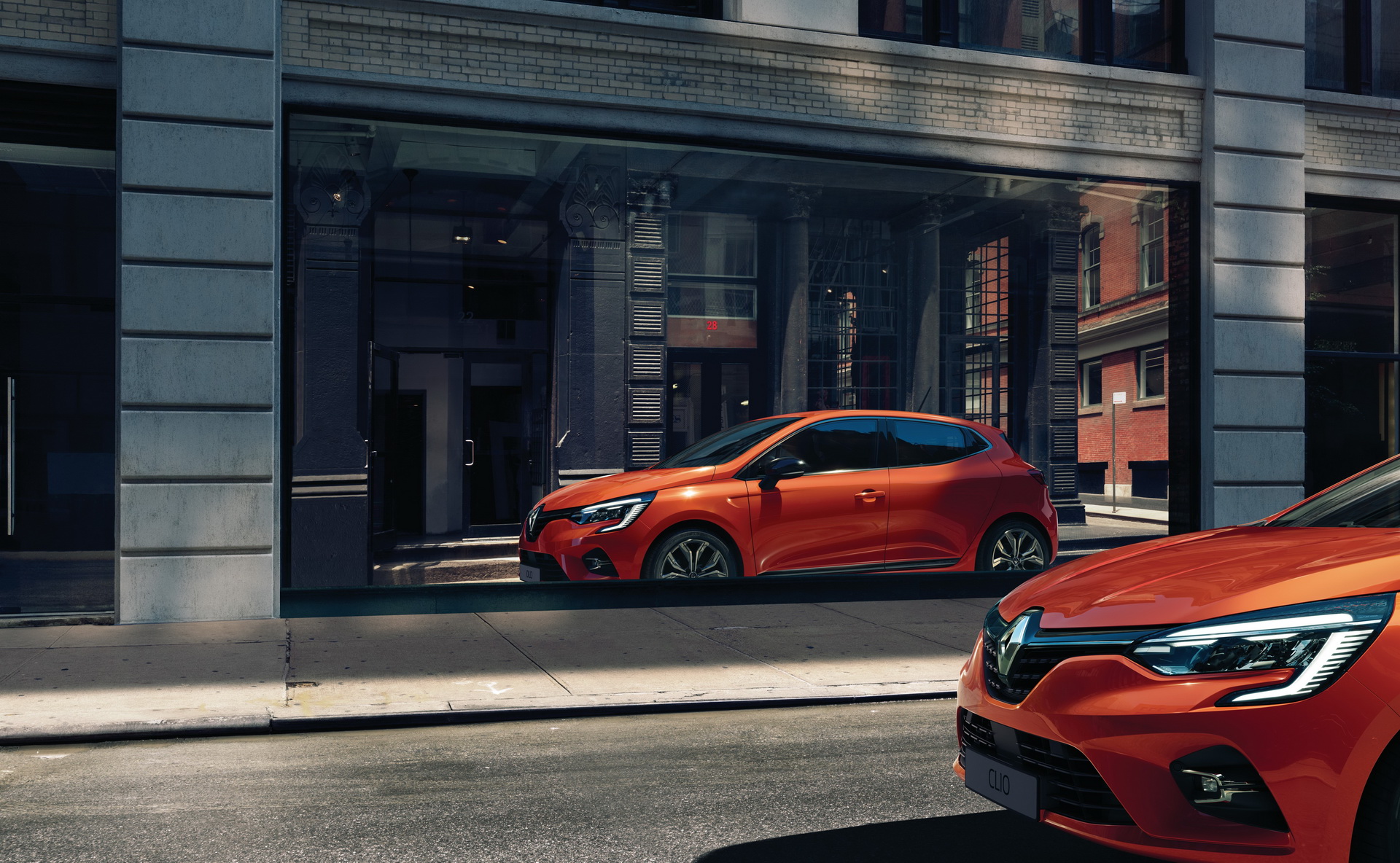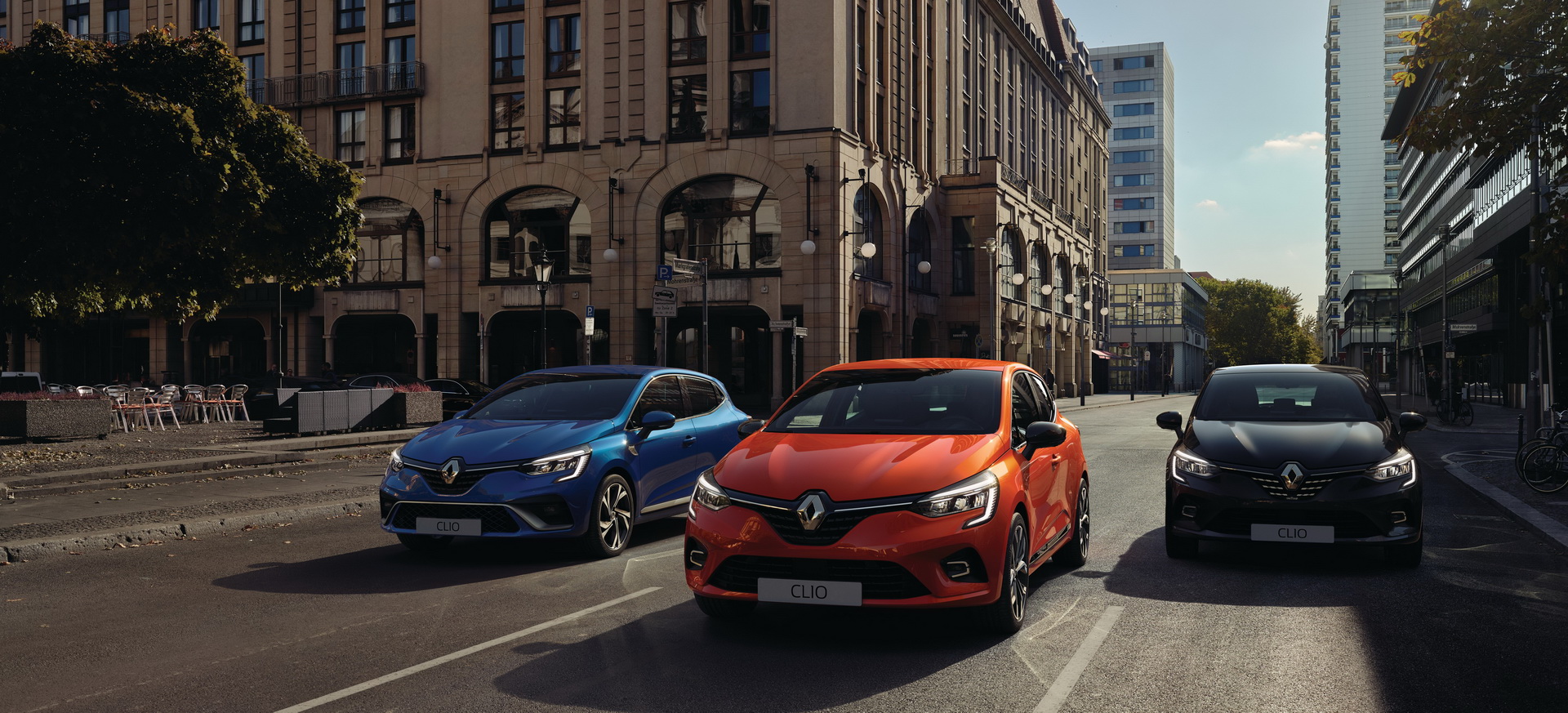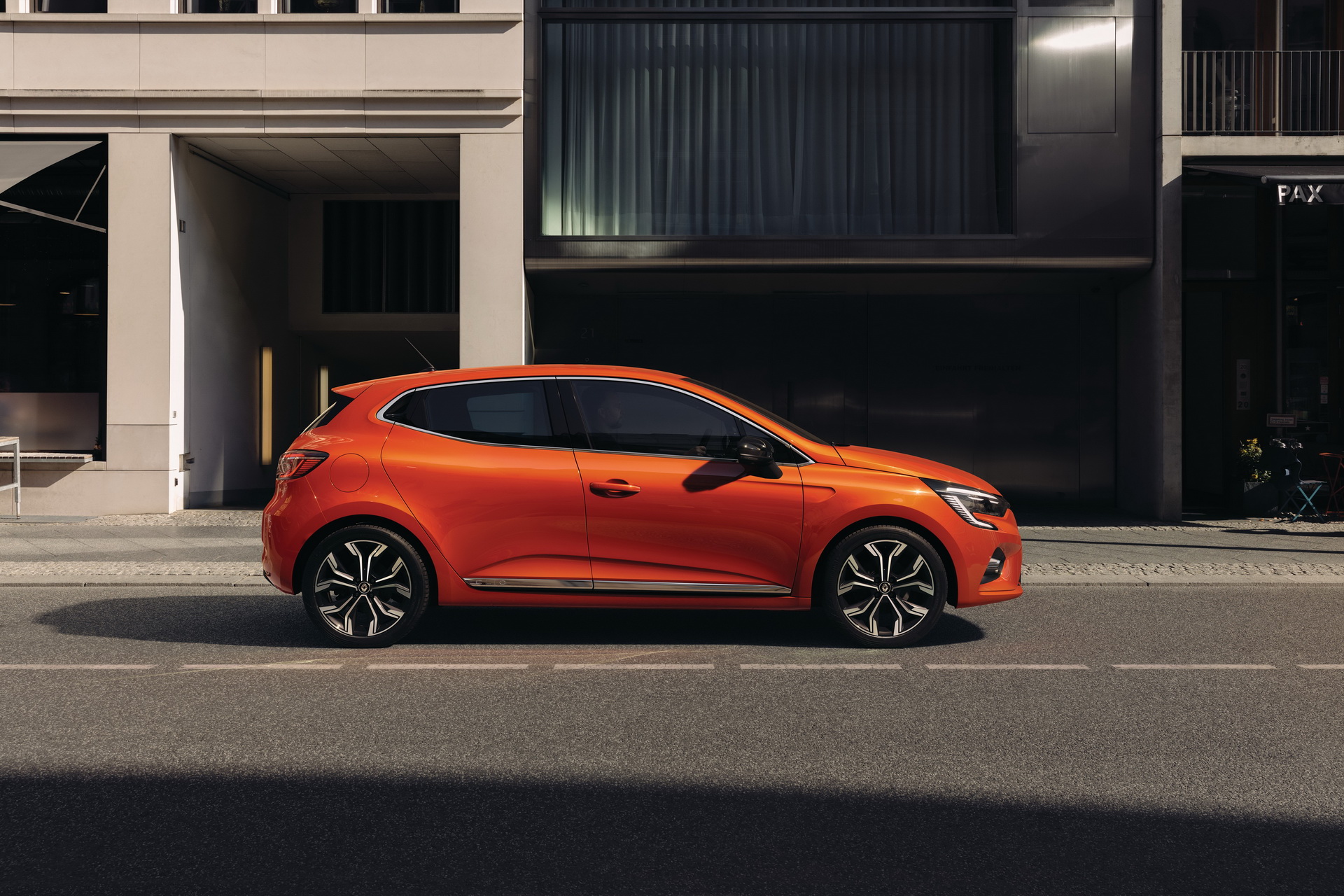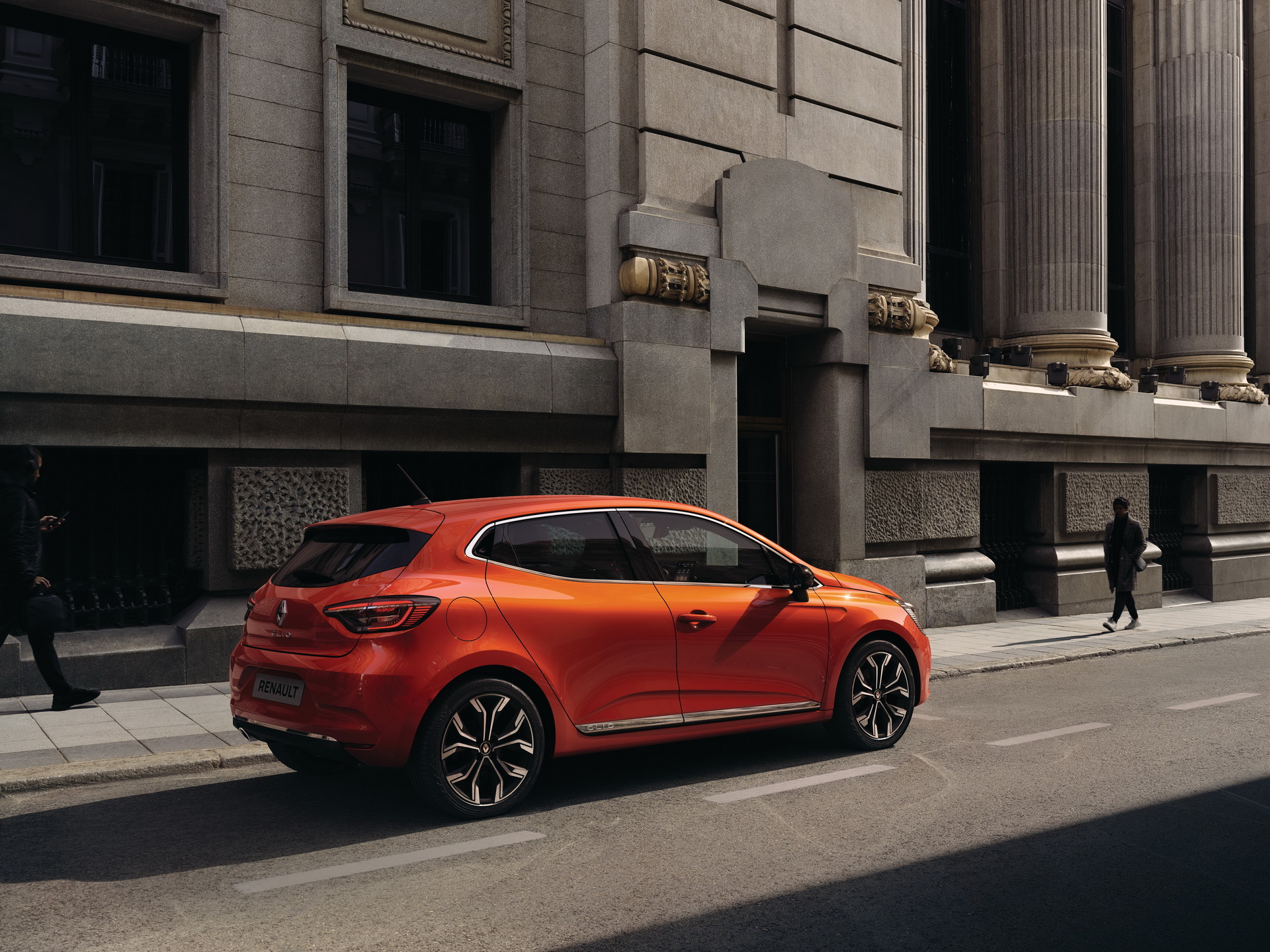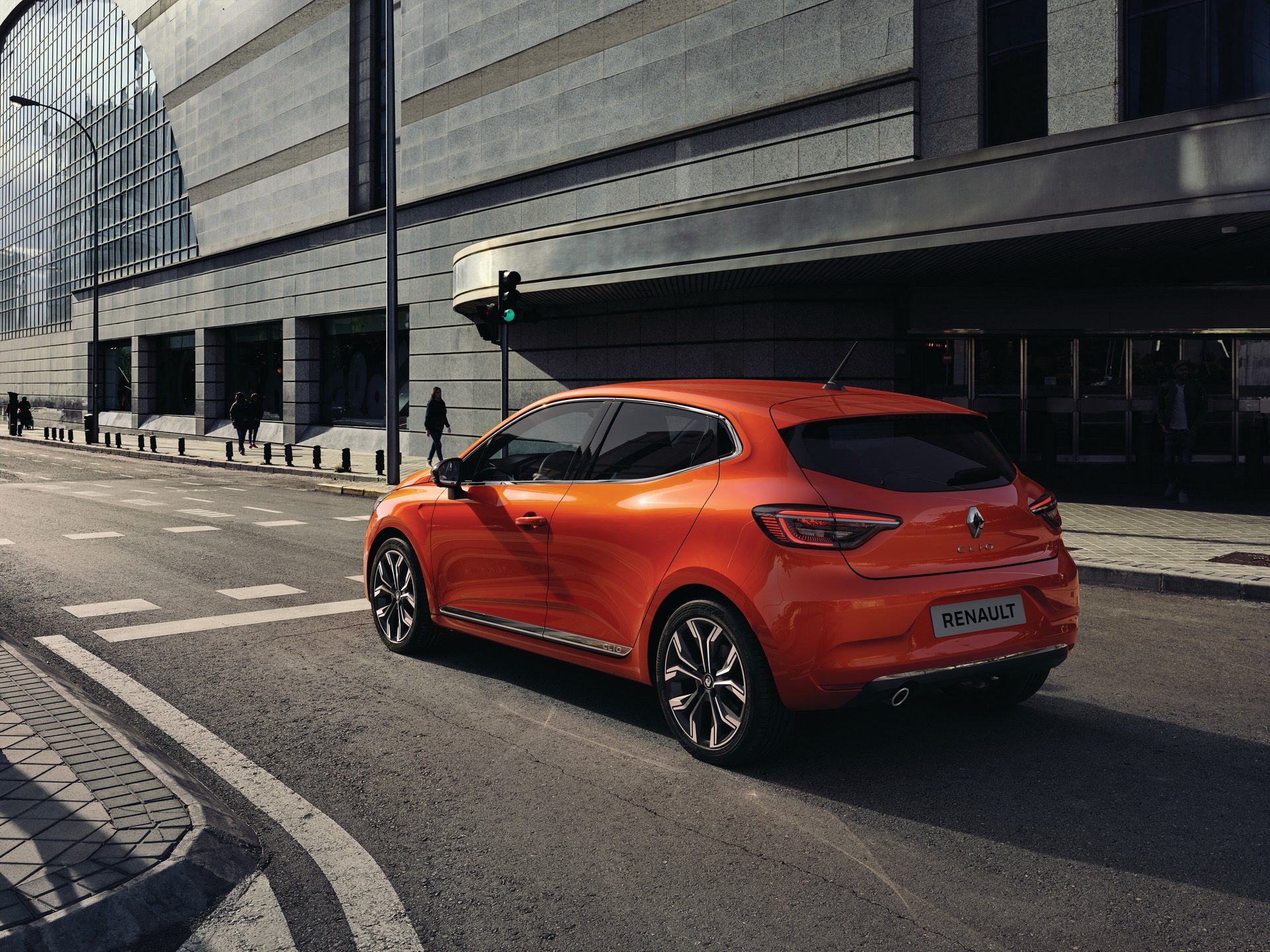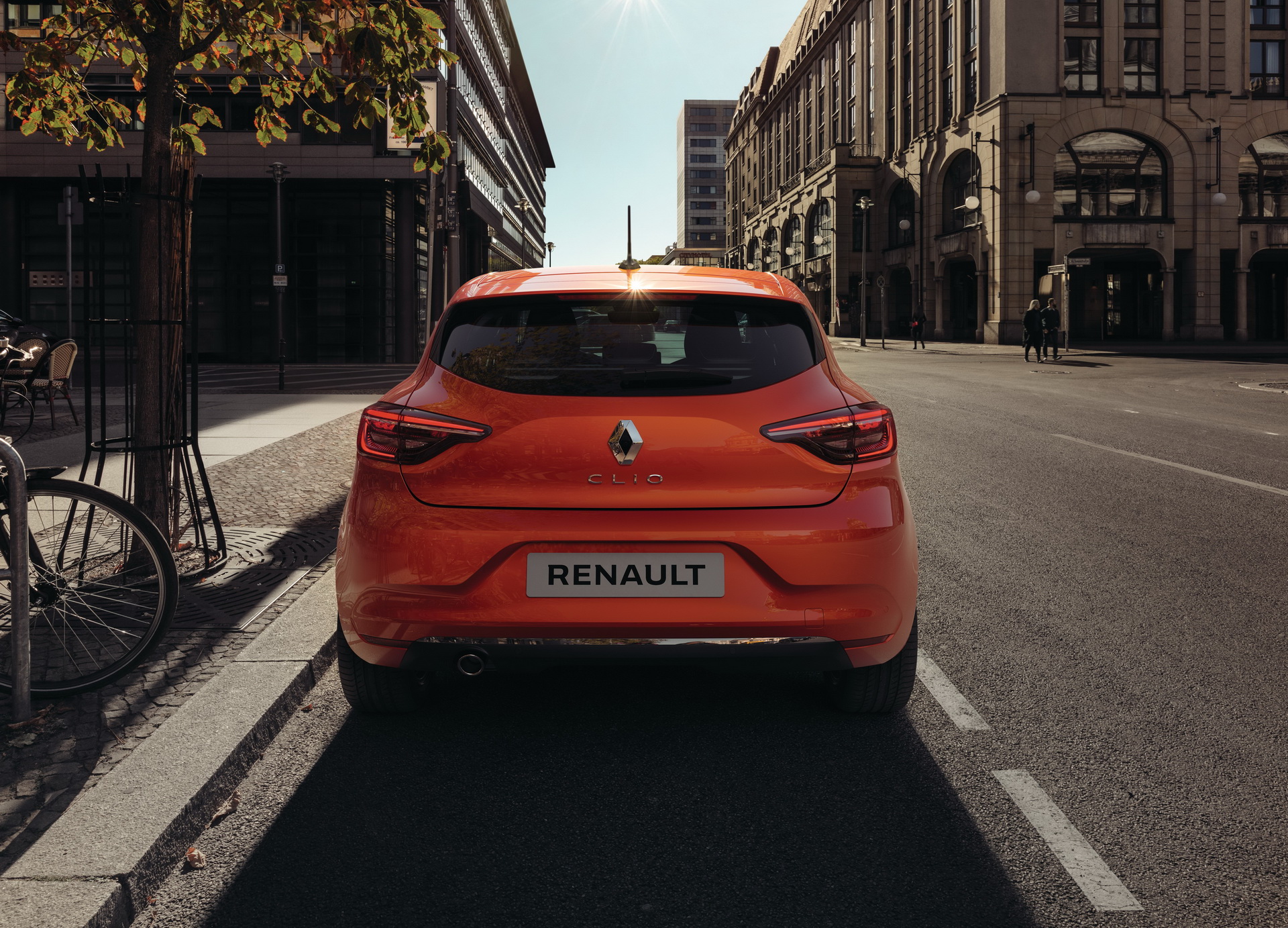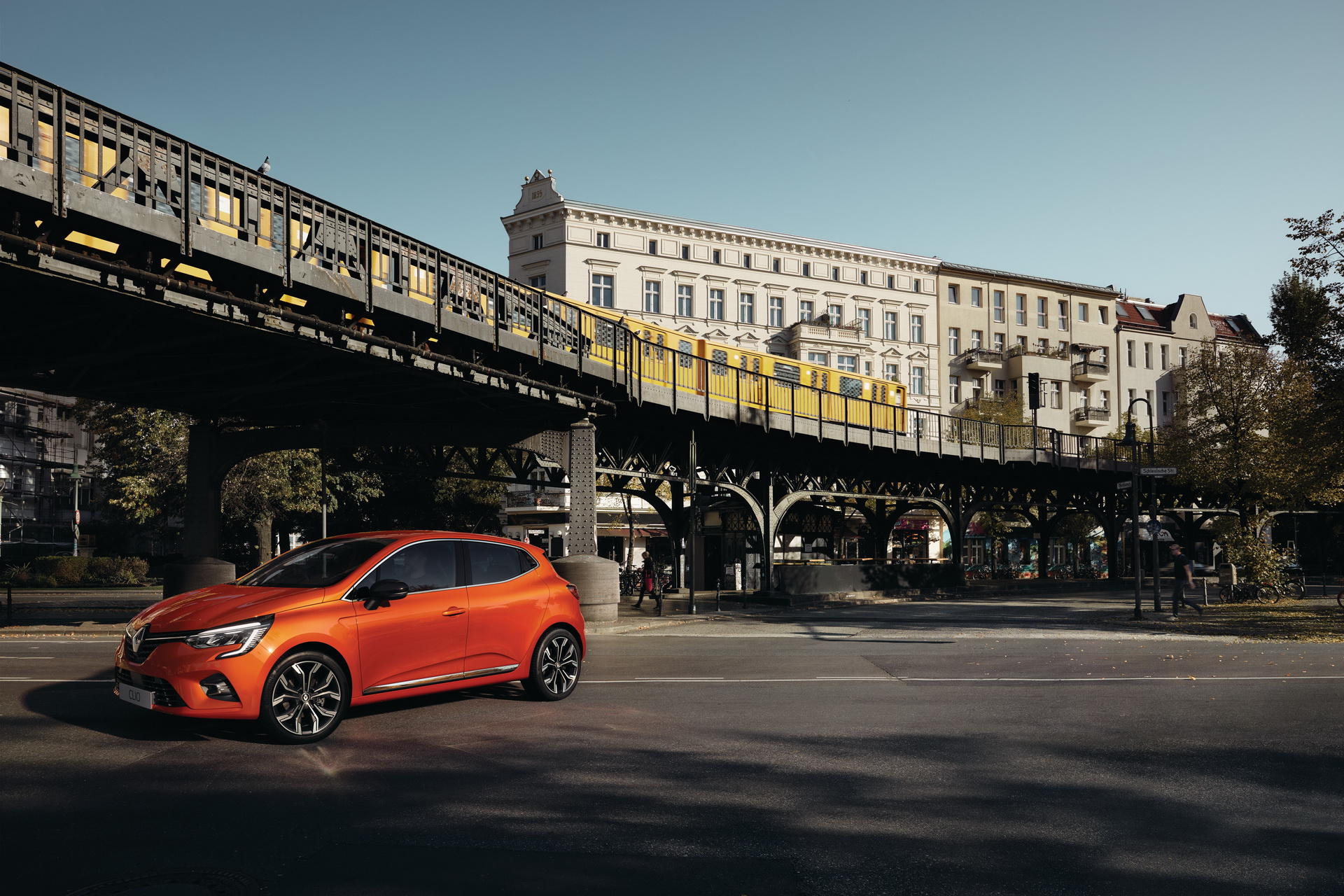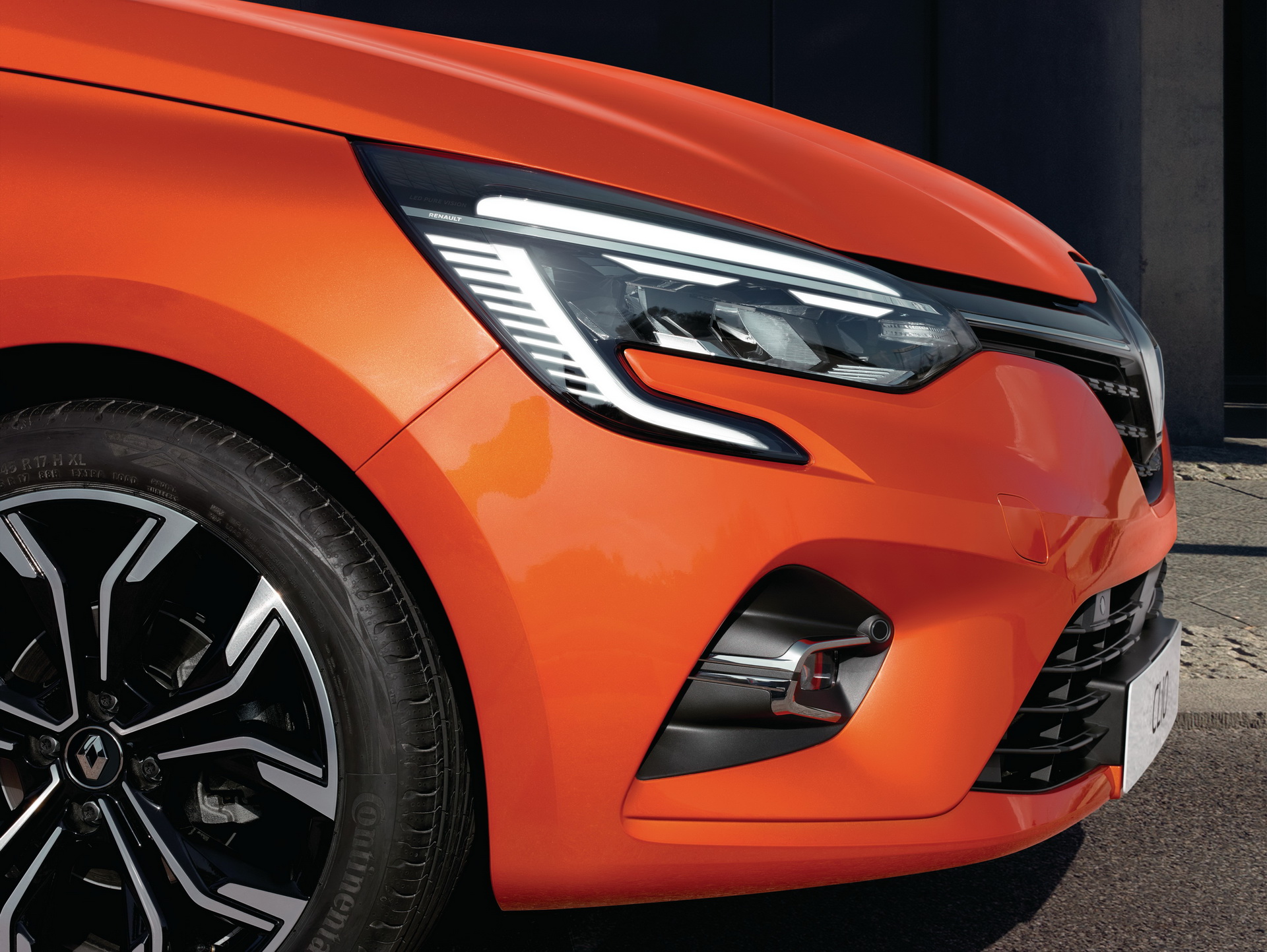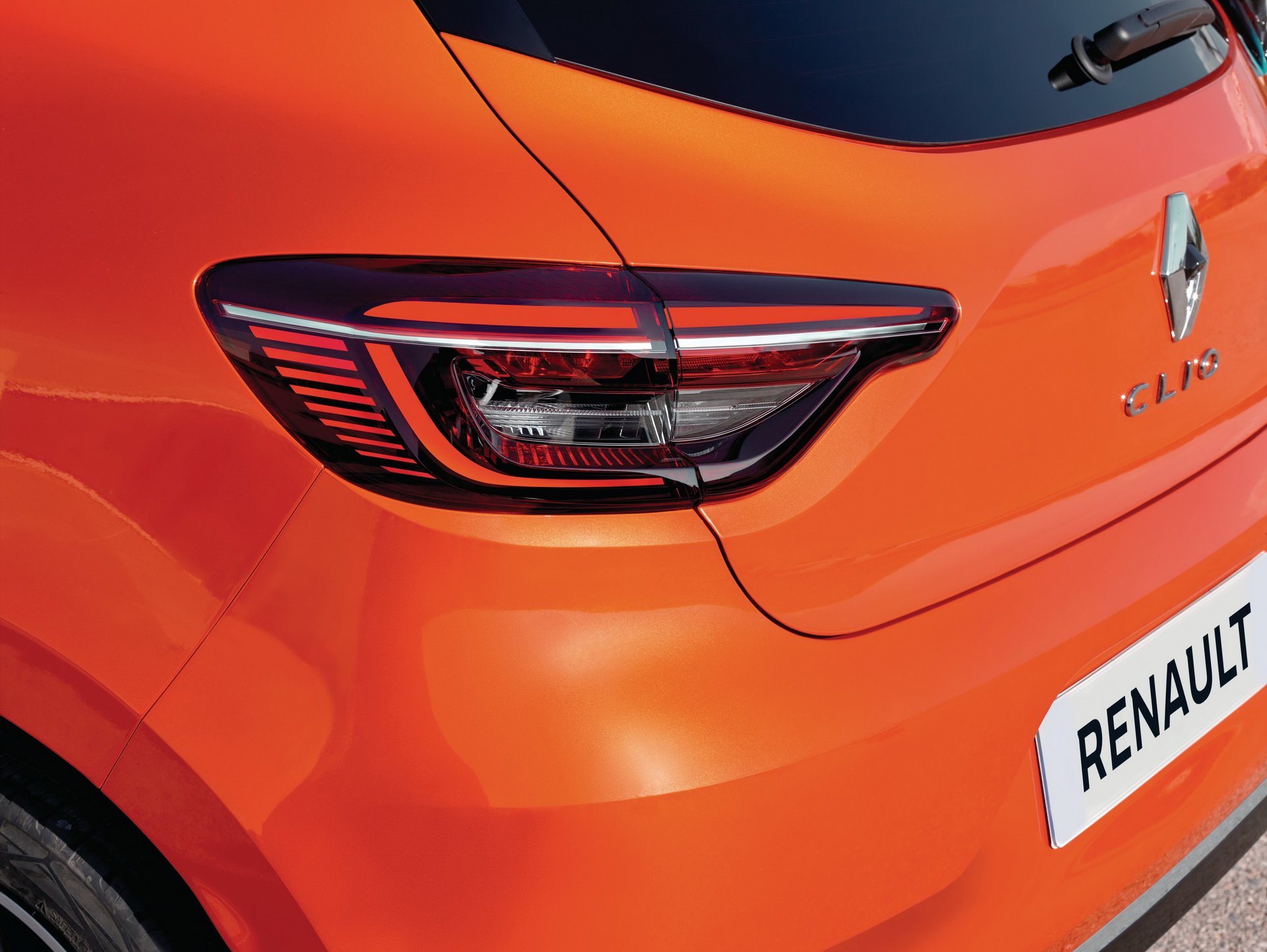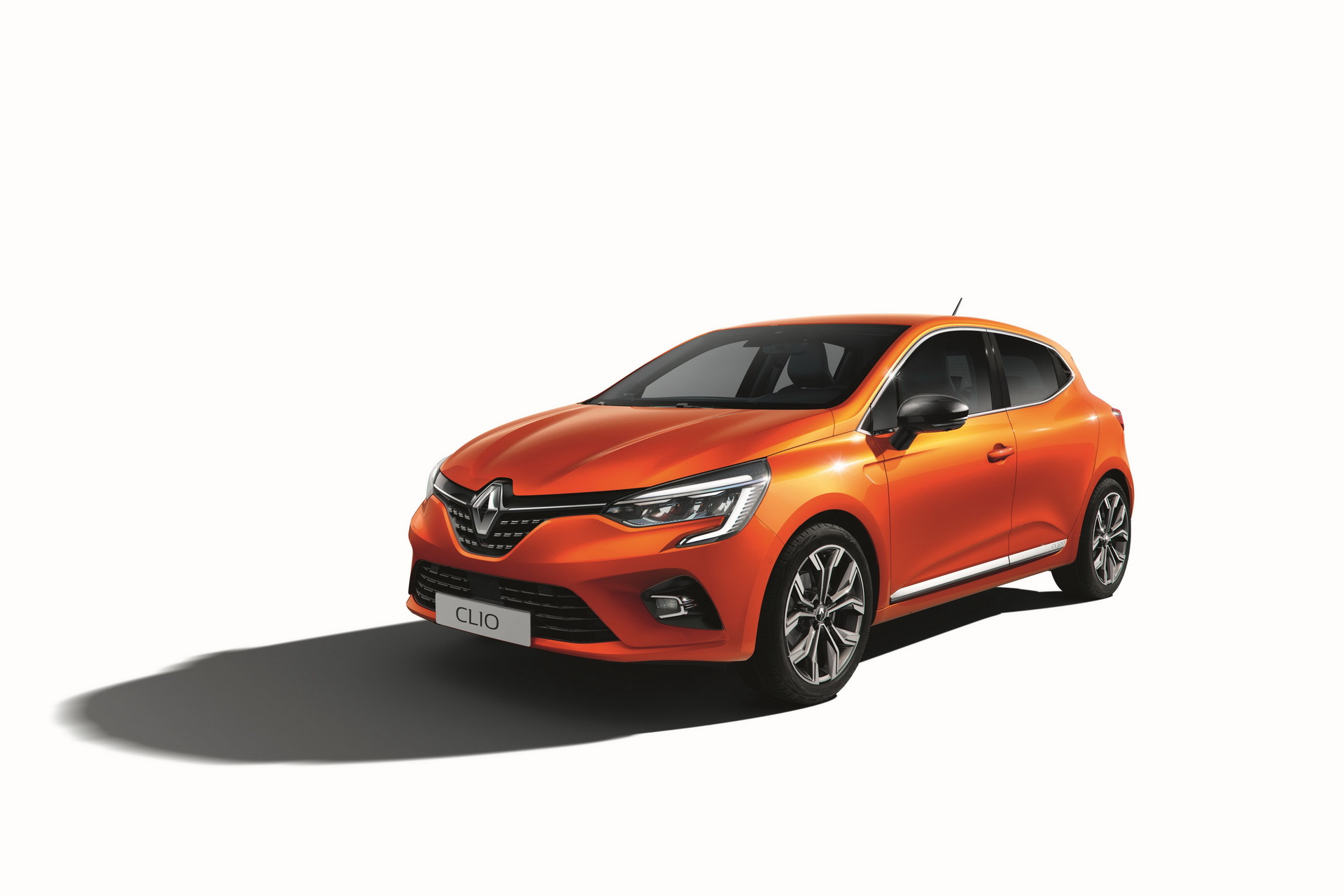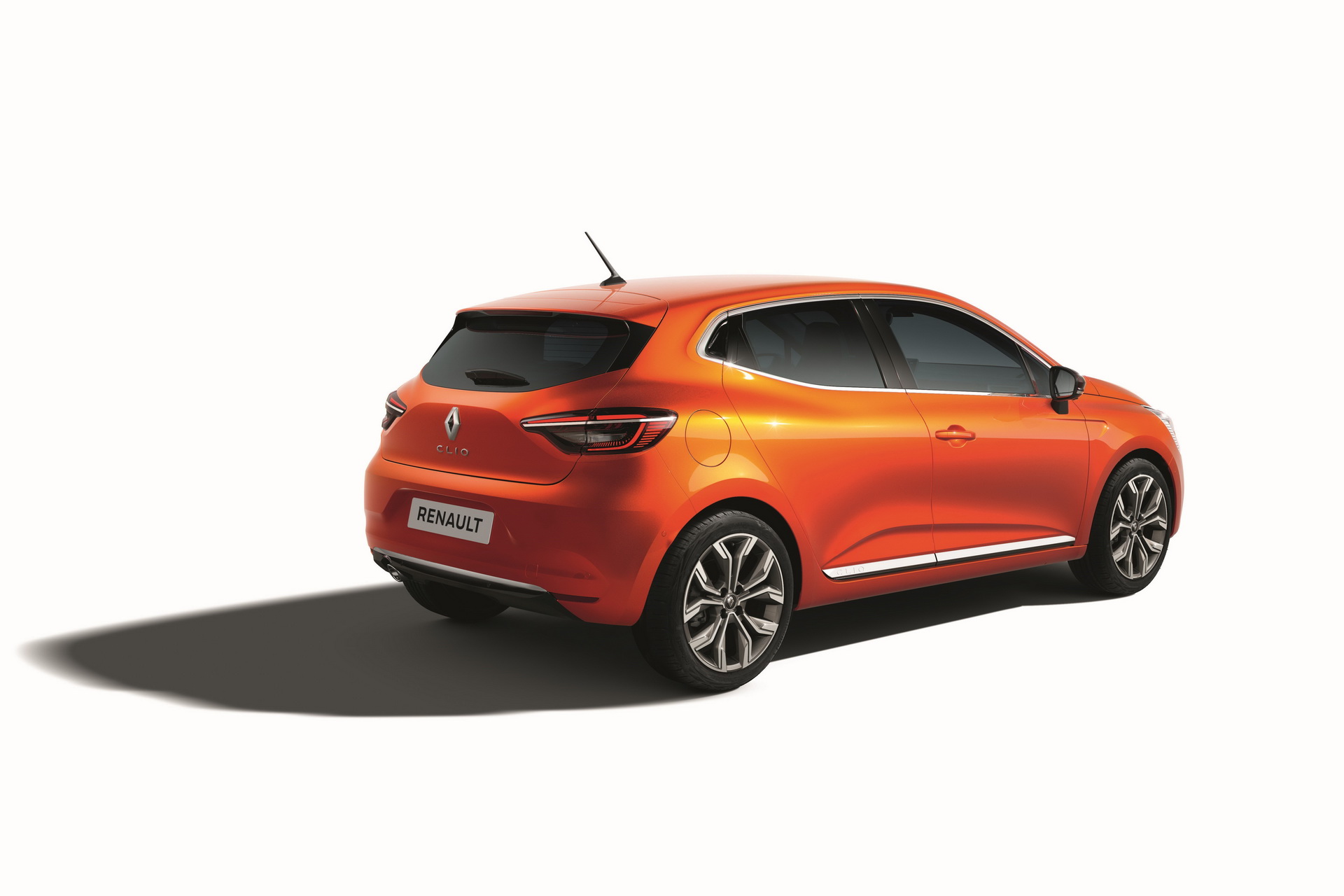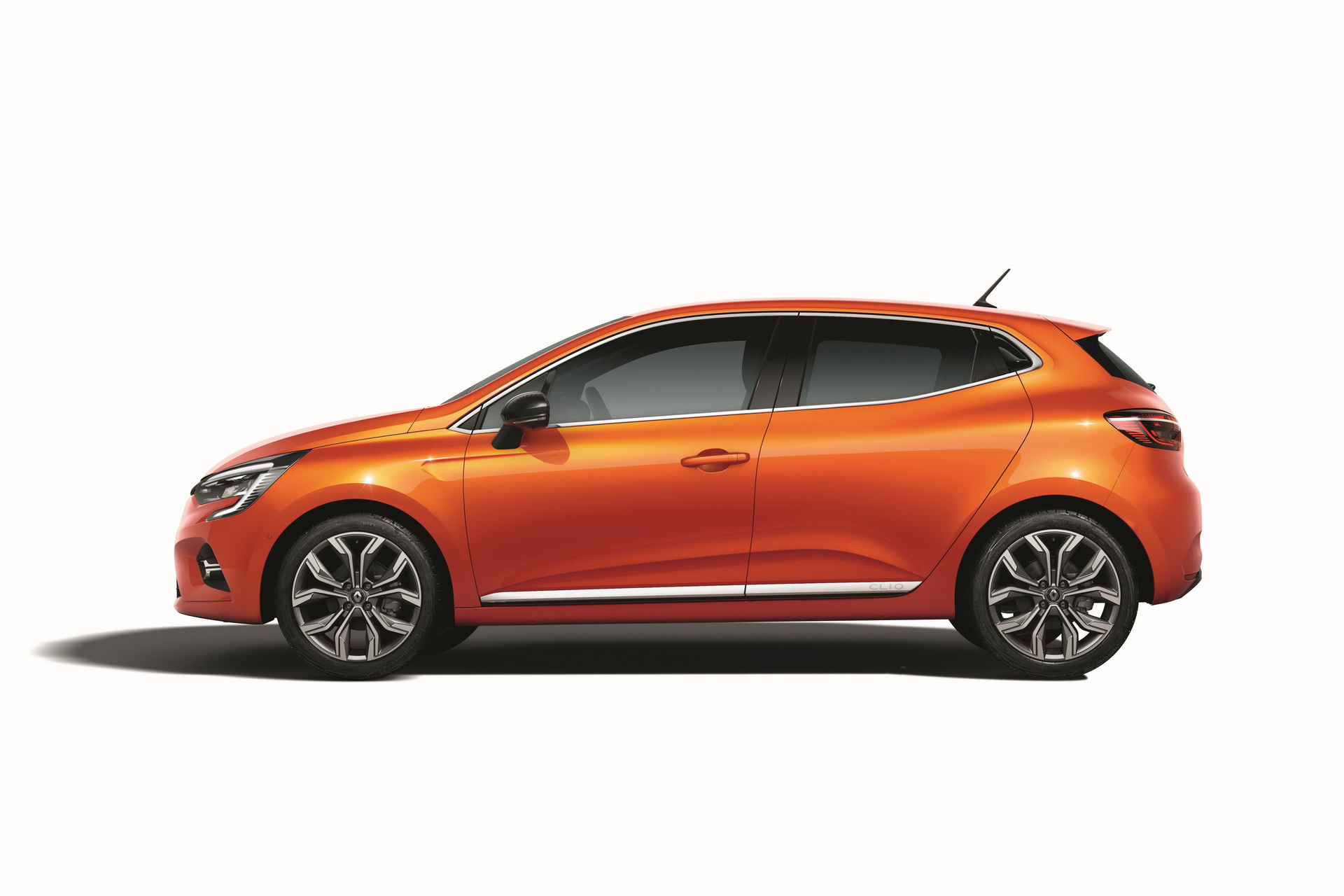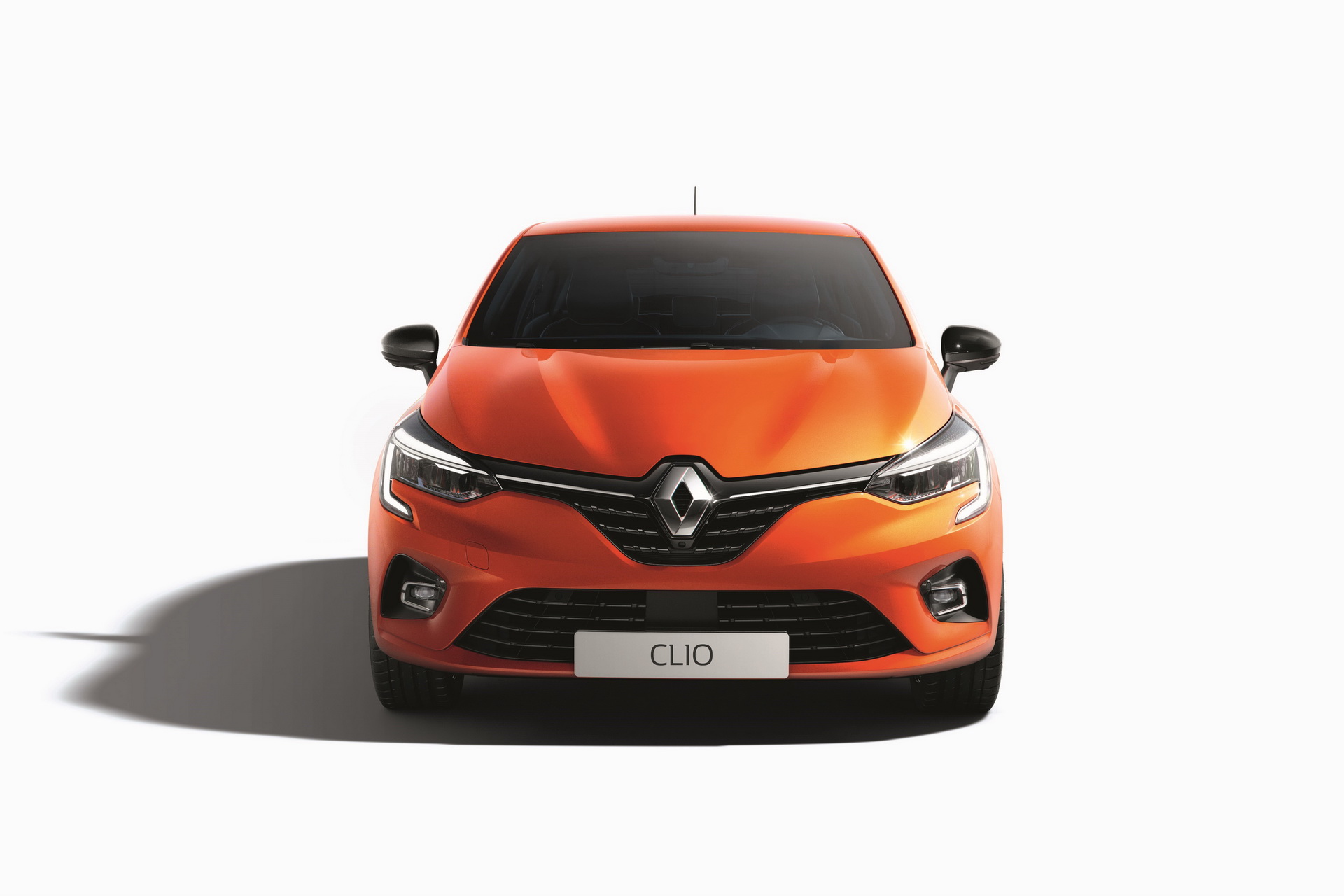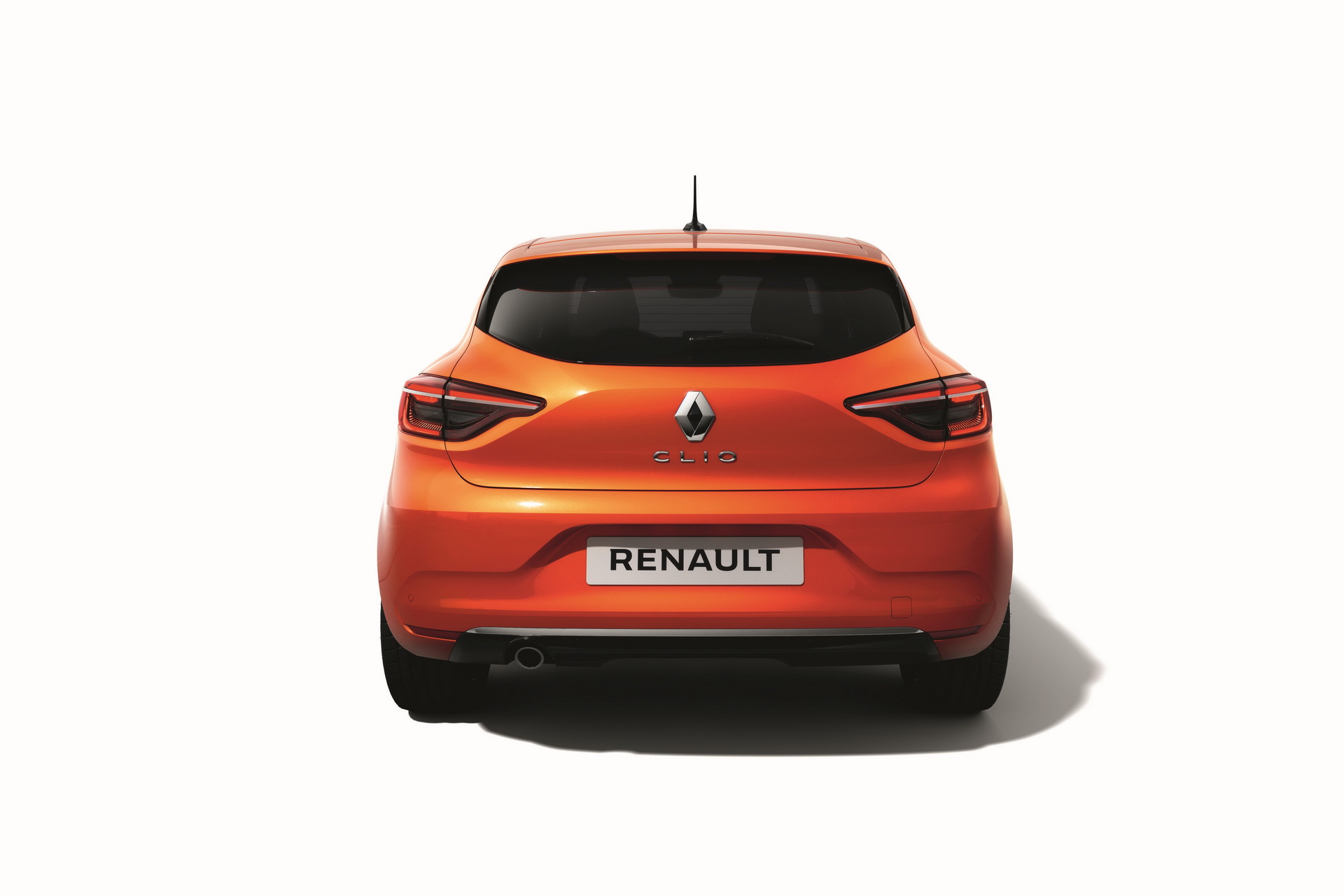Renault has released the full details of its new Clio subcompact model, which now enters its fifth generation featuring plenty of tech, improved quality and a new hybrid powertrain.
Named the E-Tech, the new hybrid powertrain combines a new-generation 1.6-liter petrol engine with two electric motors and a 1.2kWh battery pack in order to offer great fuel efficiency and, according to Renault, class-leading responsiveness.
The company didn’t reveal any performance specs of the Clio E-Tech, which will be added to the range in 2020, at the Geneva Motor Show, only saying that the car will start in all-electric mode and will be able to drive up to 80 percent of the time on electricity alone within the city walls. The new hybrid Clio is estimated to return 40 percent greater fuel economy compared to a conventional ICE-powered model in the urban cycle.
The normal petrol range of the new Renault Clio starts with the normally aspirated 1.0-liter SCe three-cylinder petrol, offered in 65hp and 75hp variants, both of which are paired to a five-speed manual gearbox.
For the first time in a Renault, the new Clio will feature the new turbocharged 1.0-liter TCe three-cylinder unit that’s been developed through the Nissan Renault Mitsubishi Alliance. The new engine produces 98hp (100PS) and 118 lb-ft (160Nm) and will come fitted either to a standard five-speed manual or an optional X-Tronic CVT. A dual-fuel LPG variant will follow on a later date.
The range-topping petrol version will be fitted with the turbocharged 1.3-liter TCe unit that was co-developed between Renault-Nissan and Daimler. In the Clio, it produces 128hp (130PS) and 177lb-ft (240Nm) and comes bolted to a standard seven-speed dual-clutch EDC transmission.
Finally, the diesel range will include the 1.5-liter Blue dCi in two variants: the entry-level model offers 84hp (85PS) and 162lb-ft (220Nm) and the more powerful version comes with 113hp (115PS) and 191lb-ft (260Nm).
Despite being 12mm shorter than the outgoing model, the new Clio offers more space inside and a class-leading 391-liter boot volume thanks to the clever packaging of the CMF-B architecture.
And while the highlight inside is the big, portrait-oriented 9.3-inch infotainment system, Renault claims an impressive jump in quality, with the dashboard featuring premium materials, a much better finish and a digital instrument cluster.




